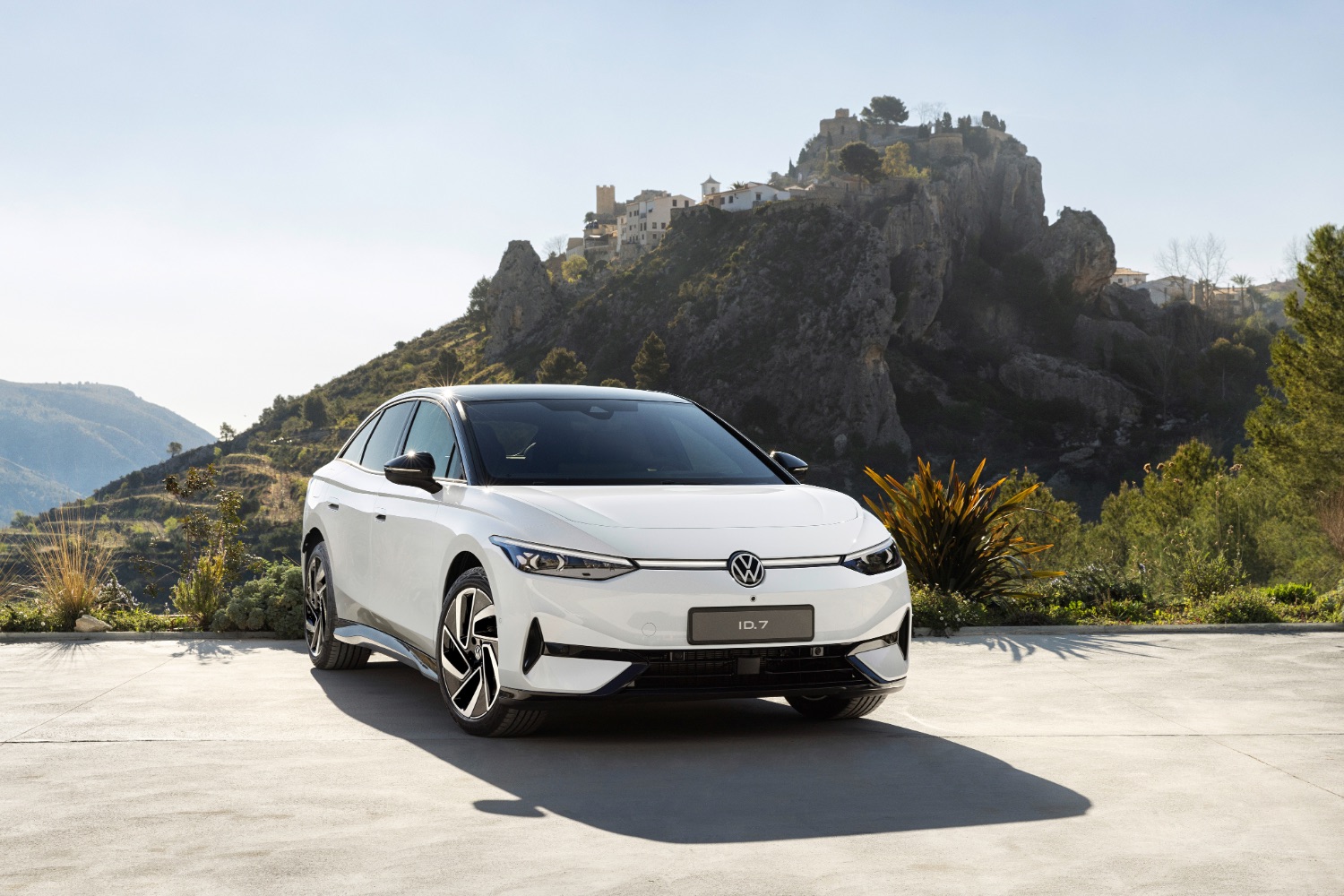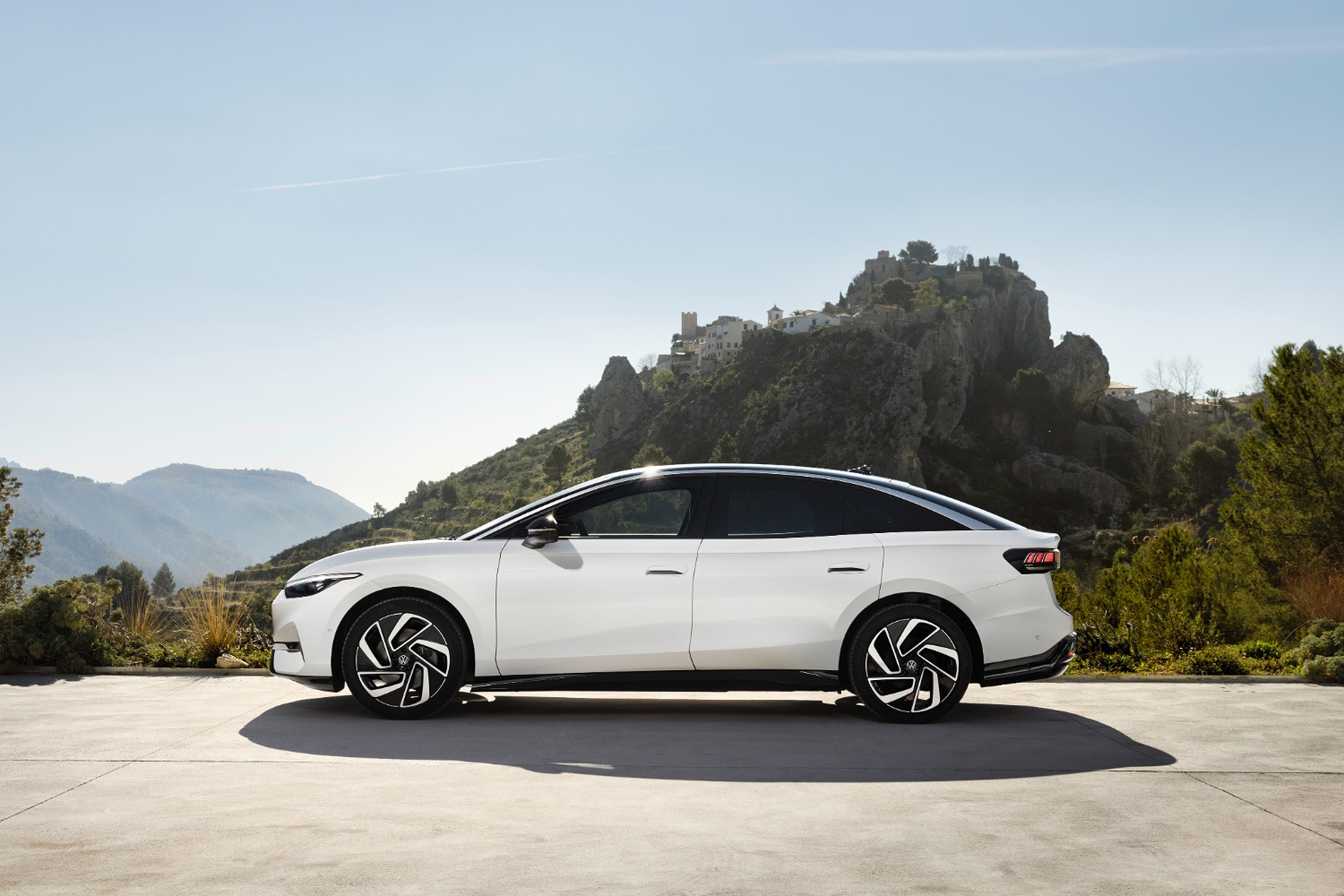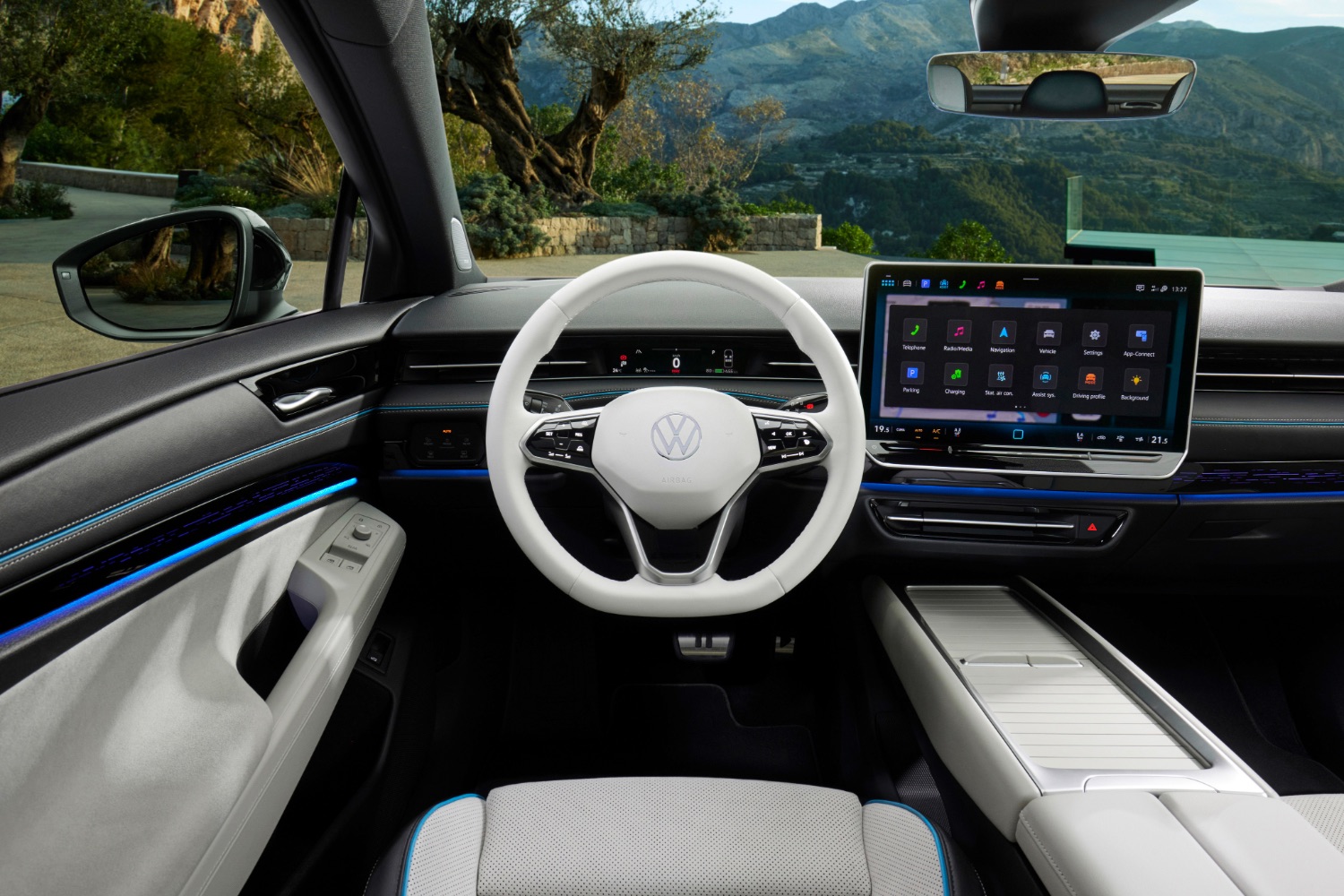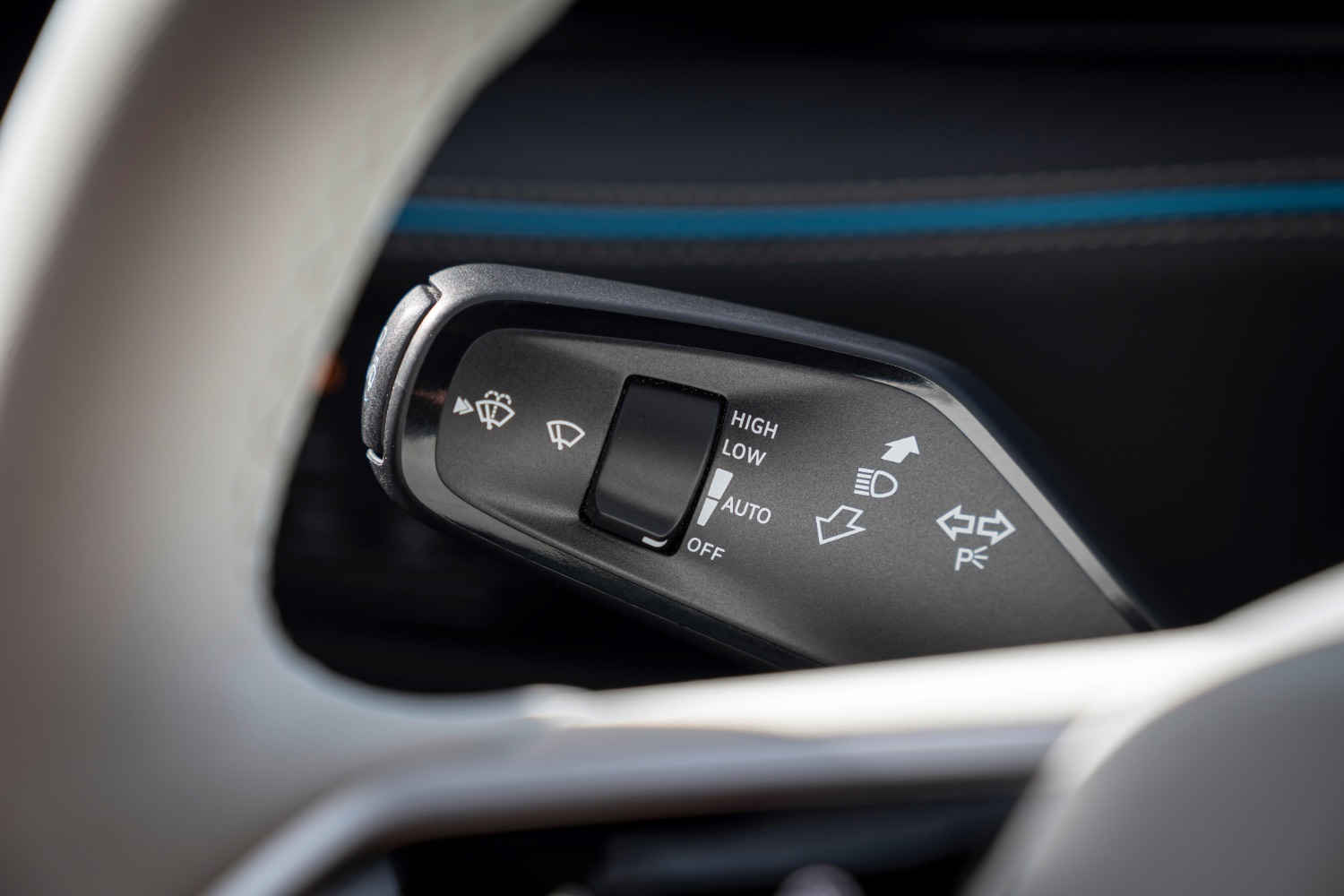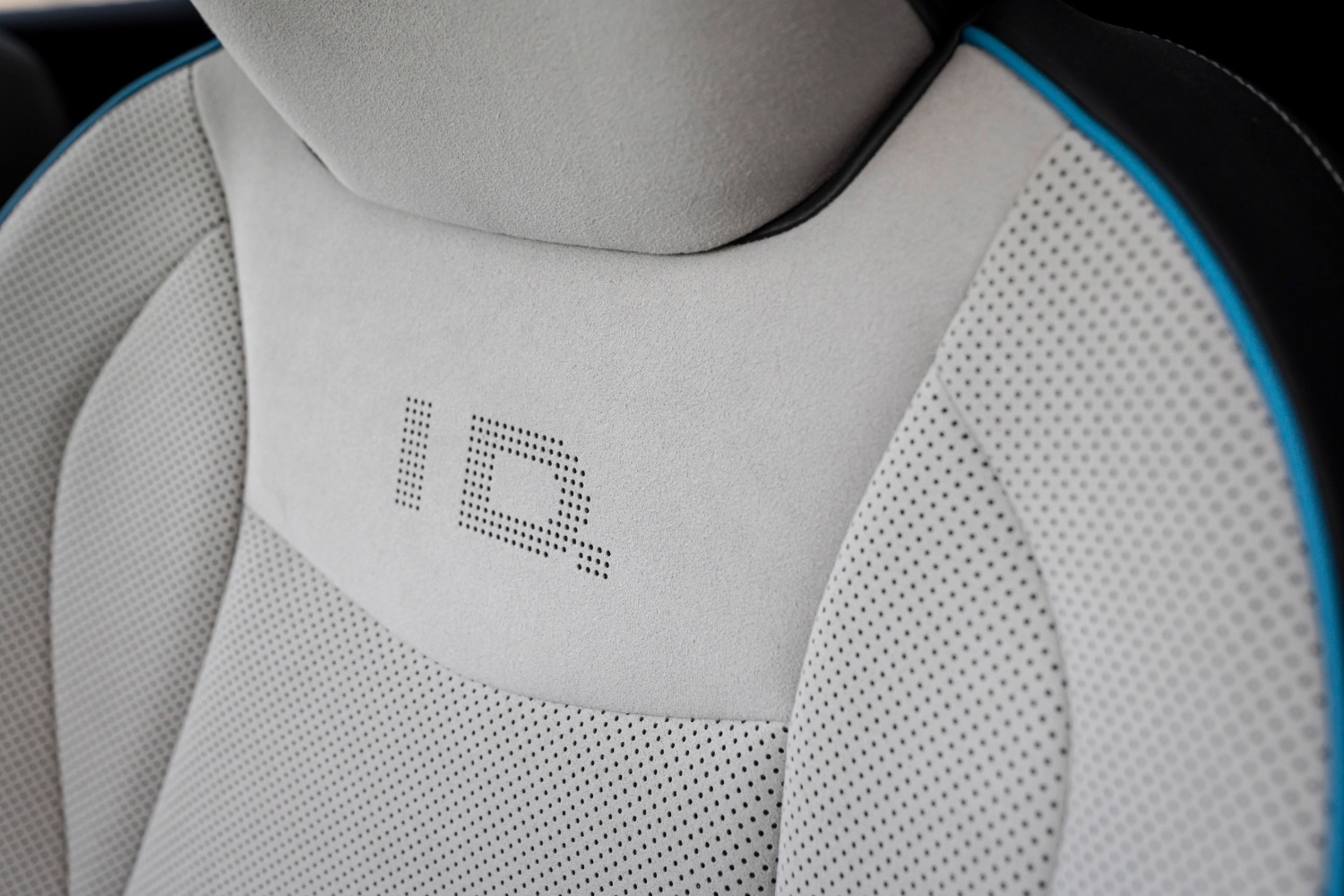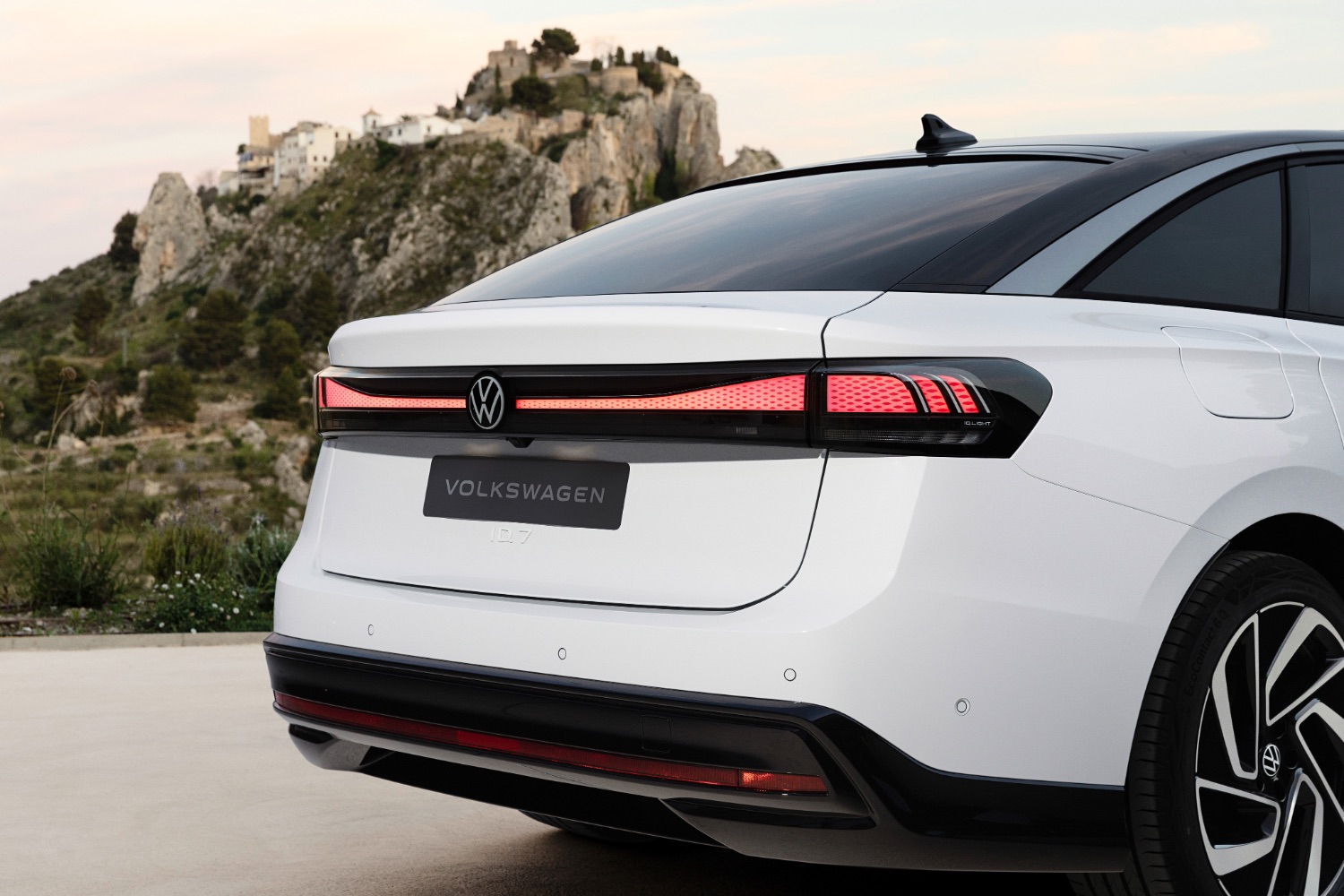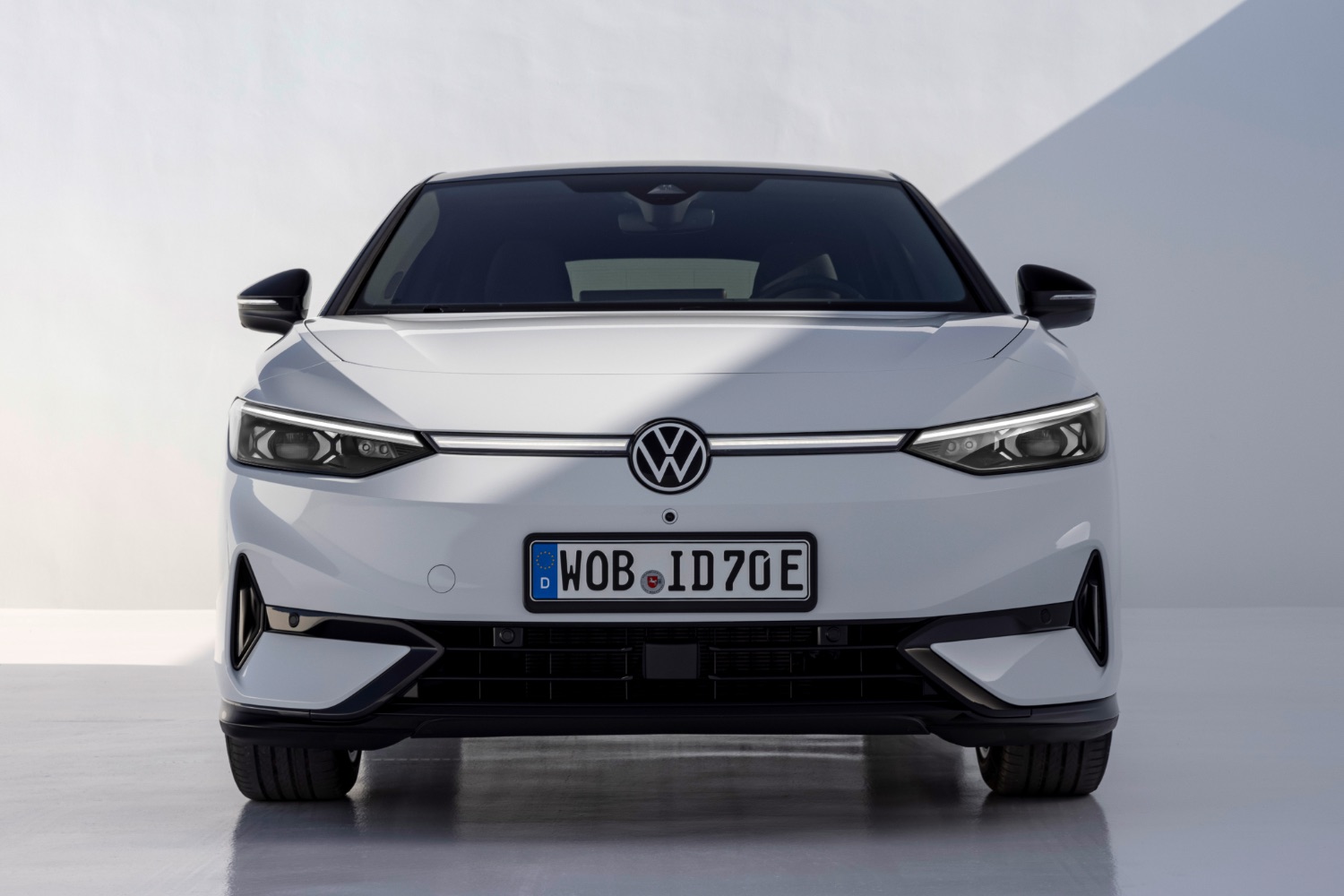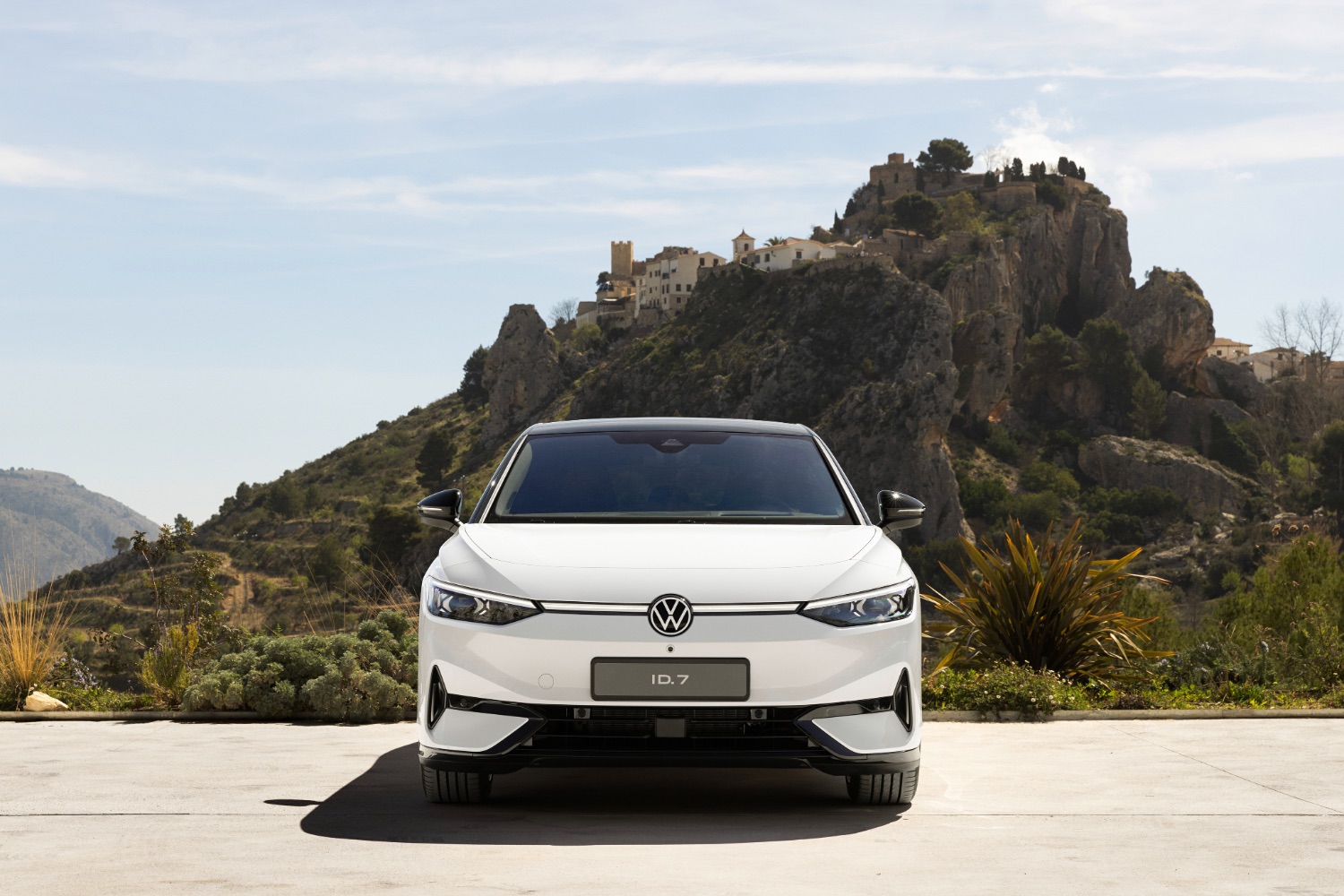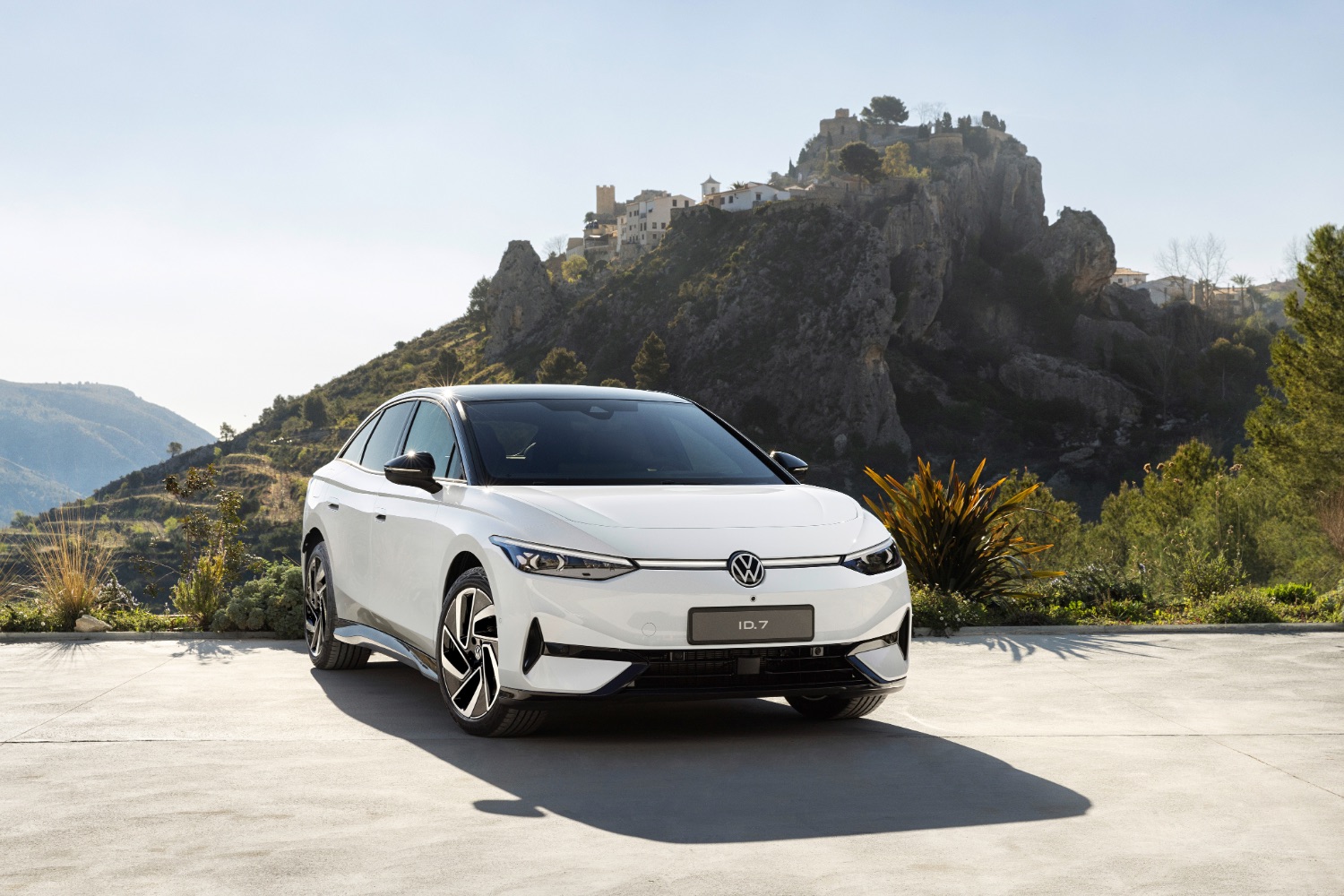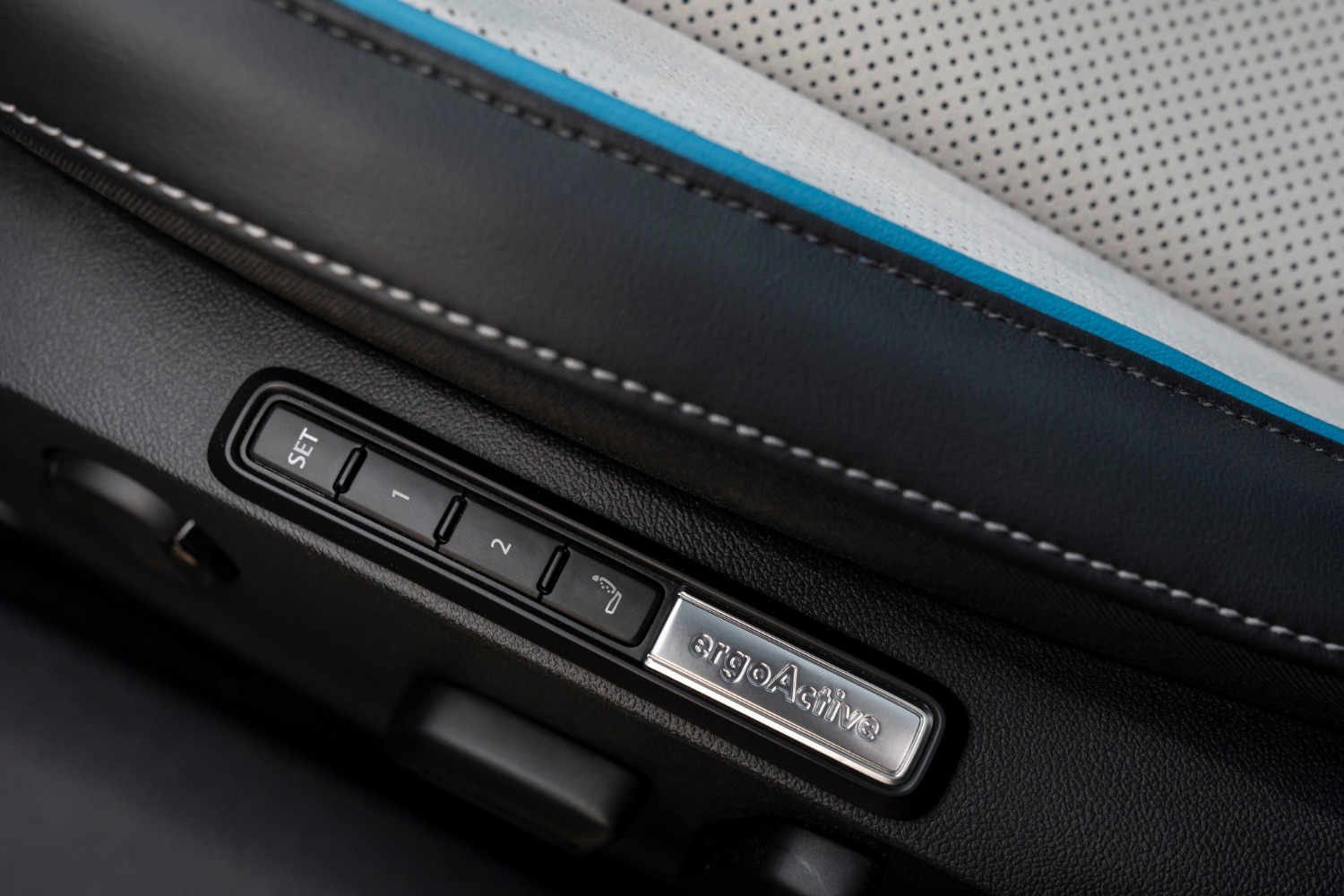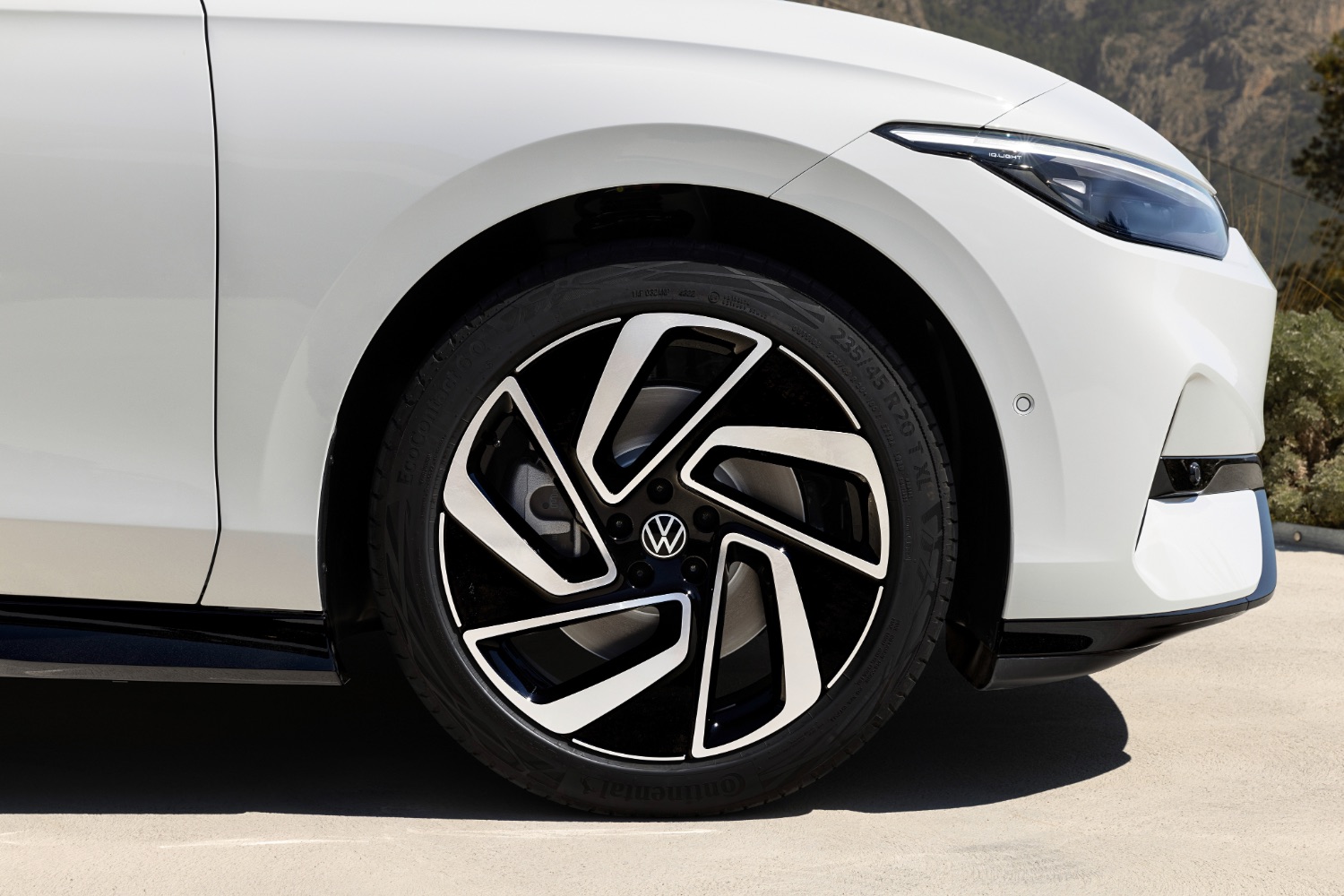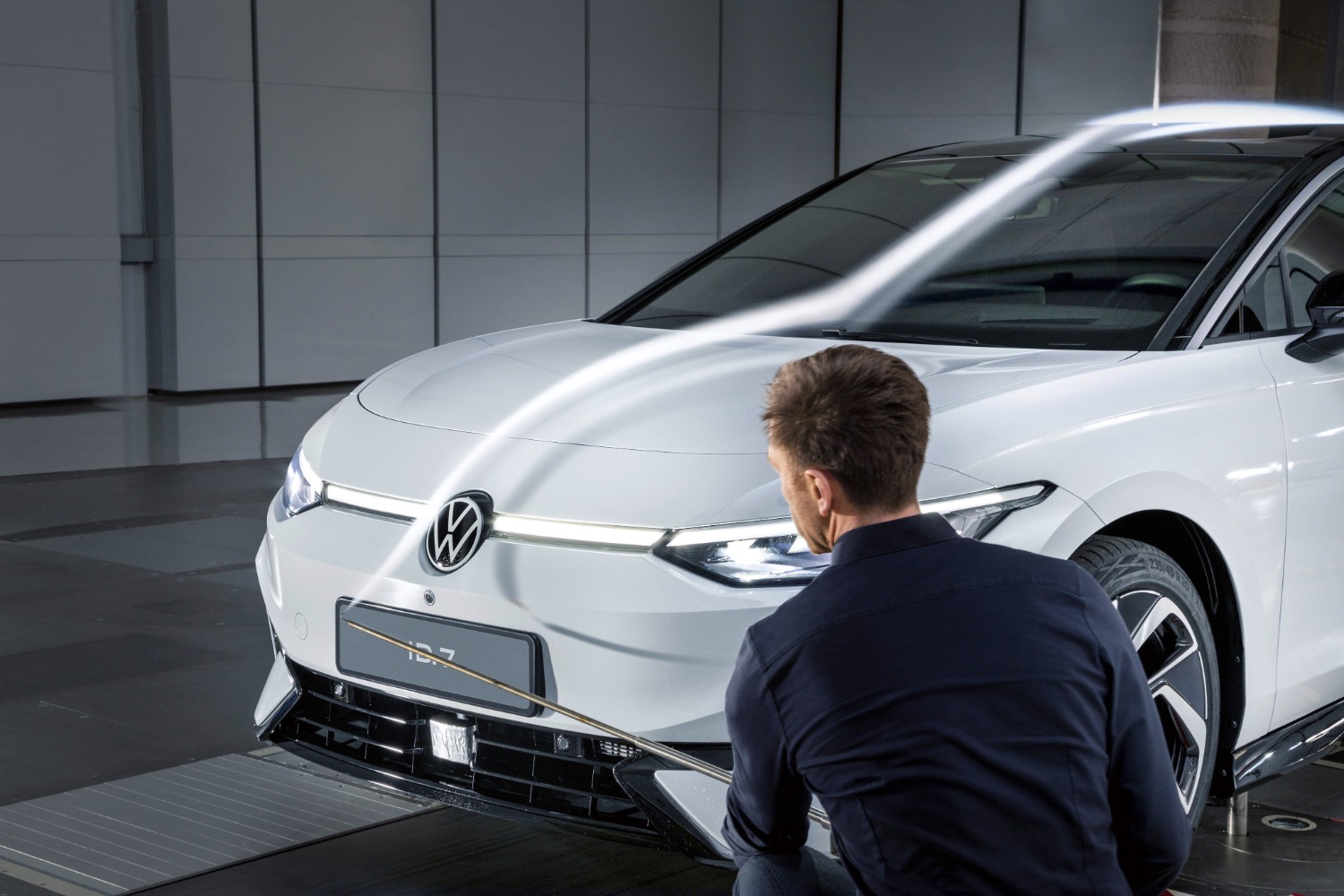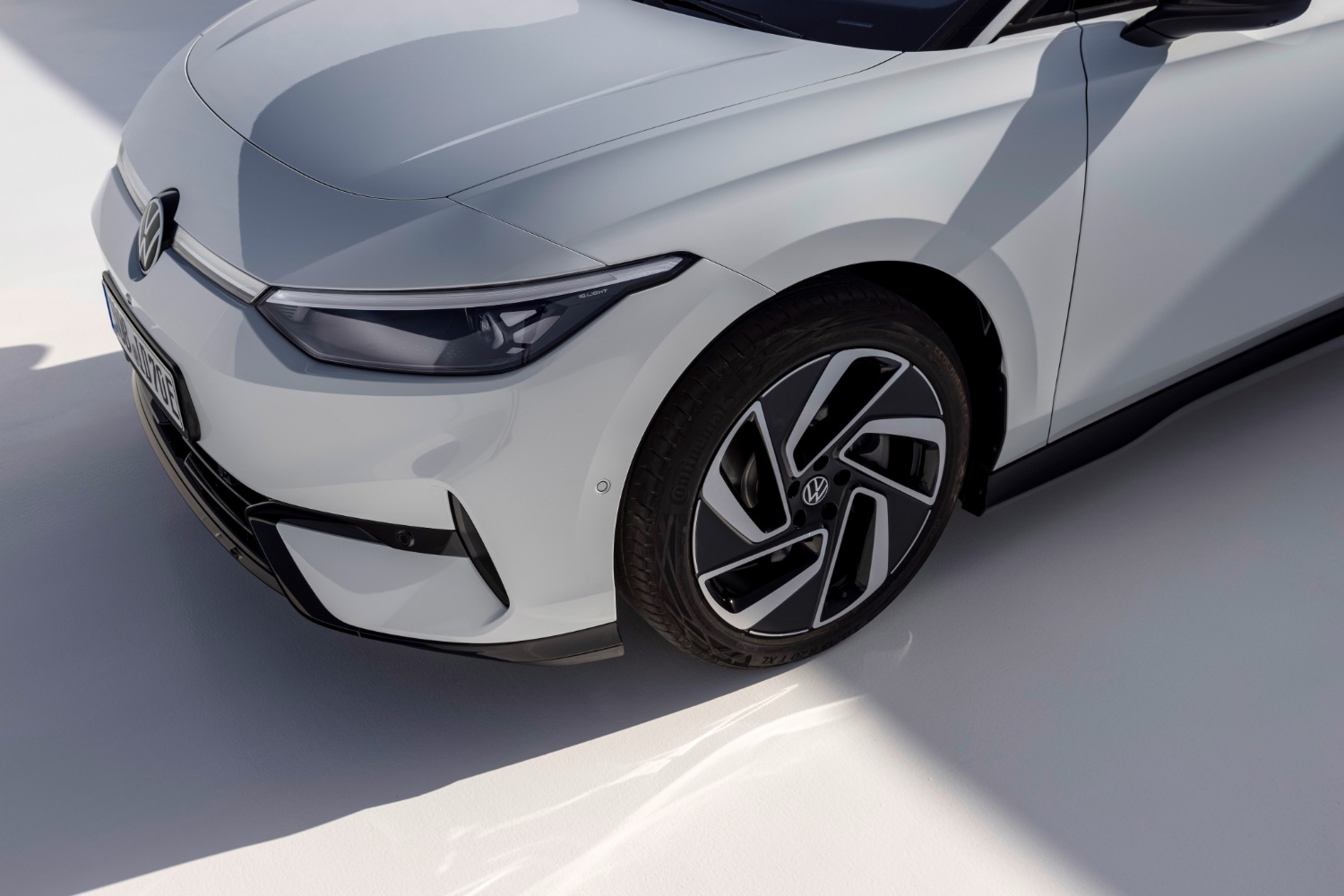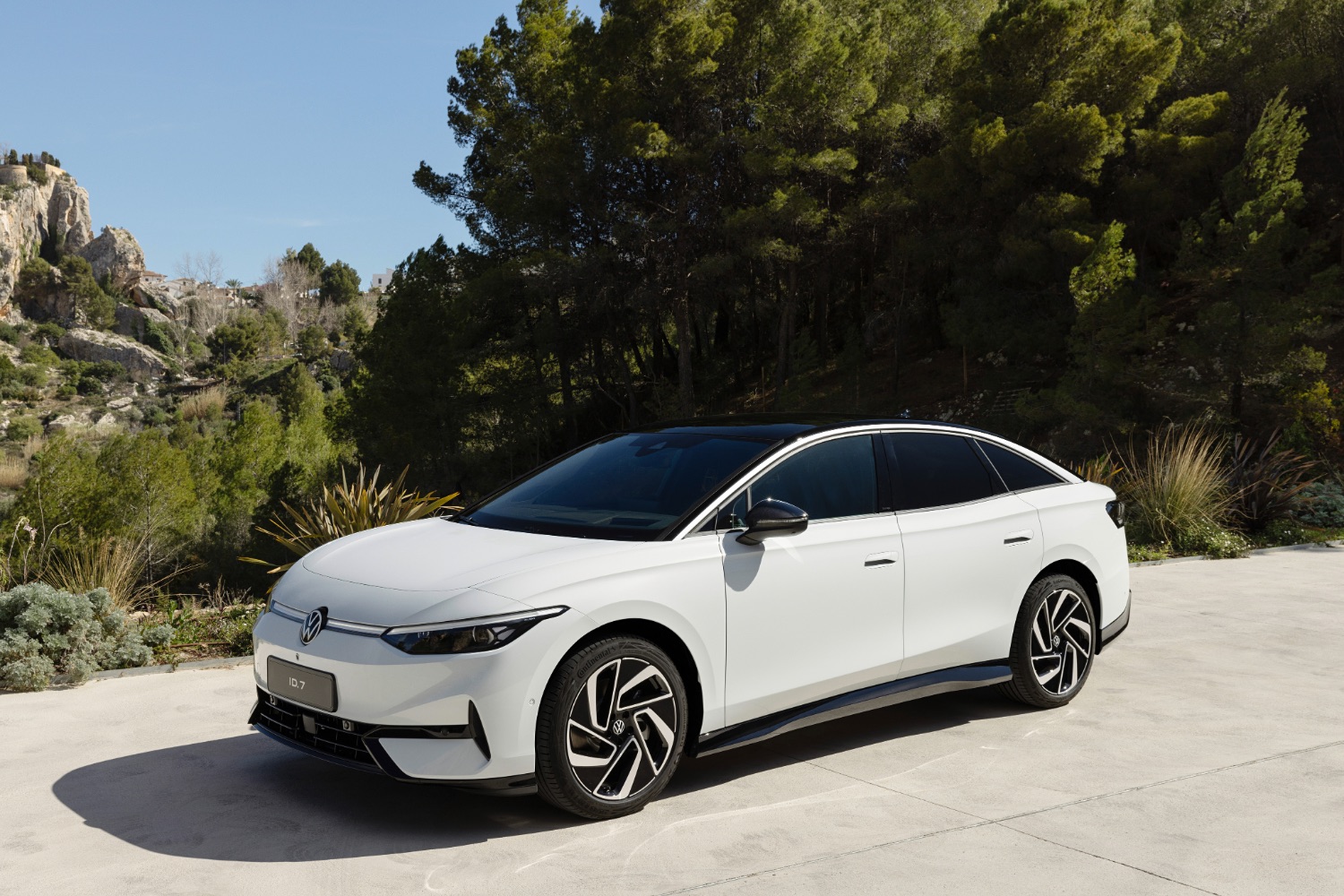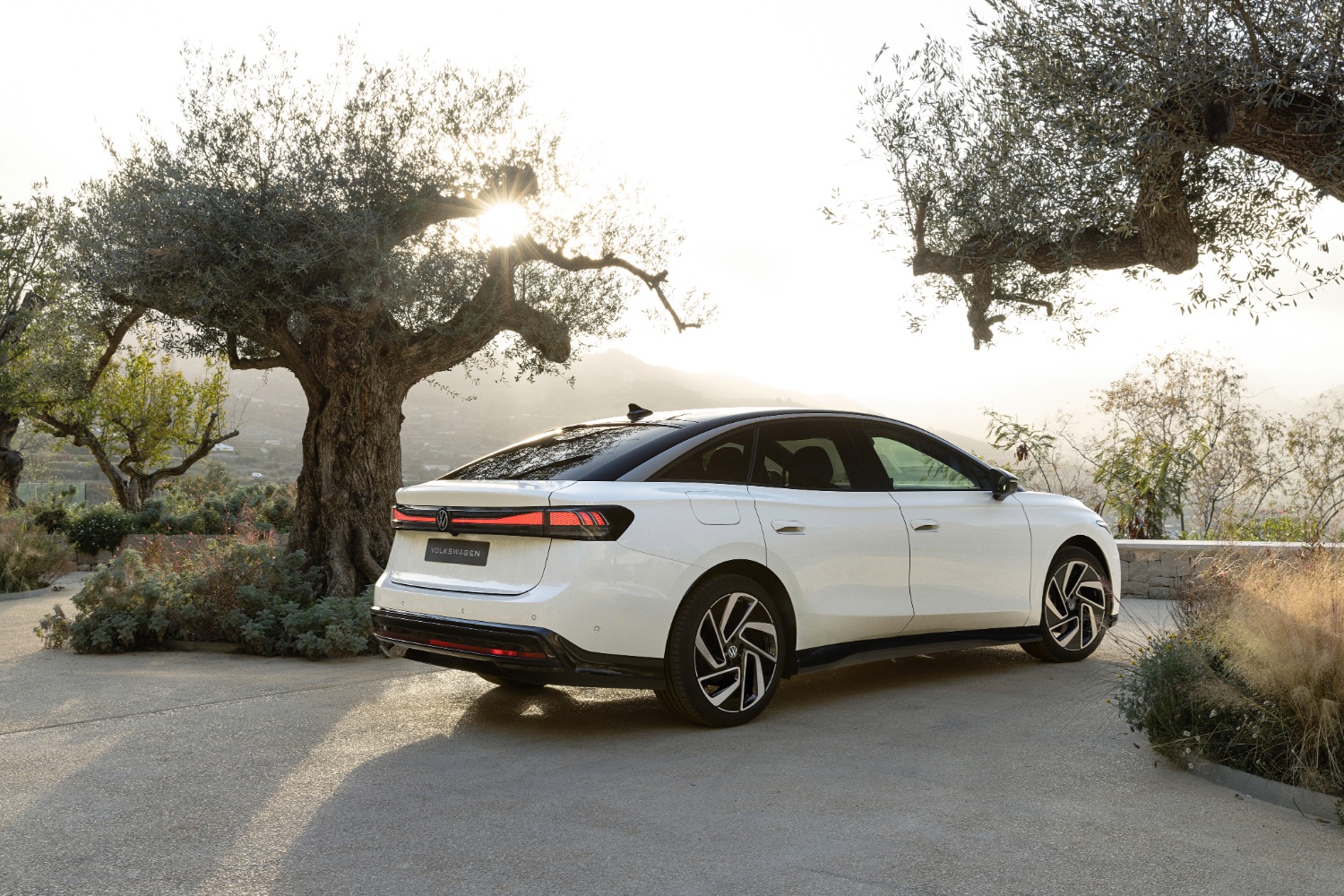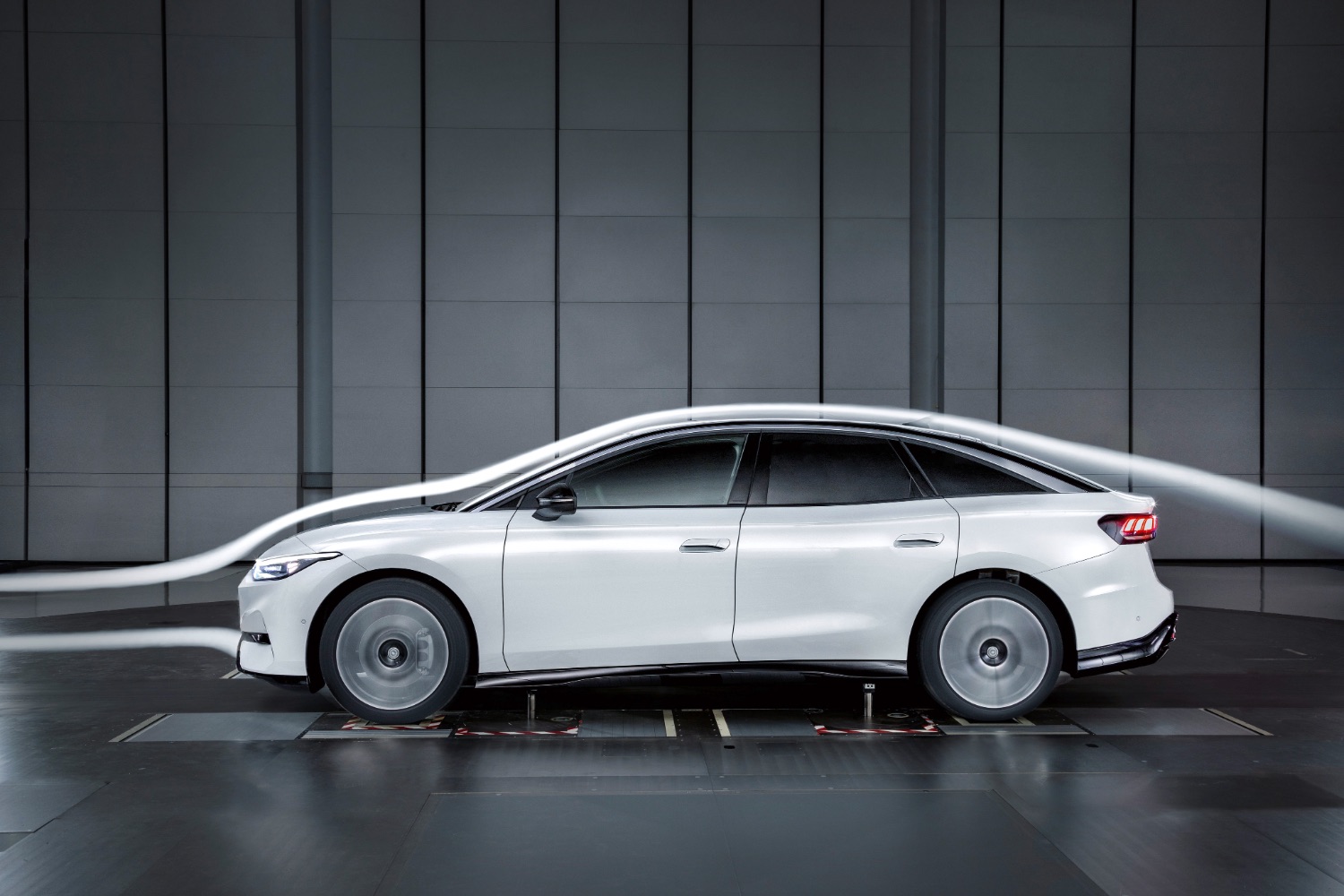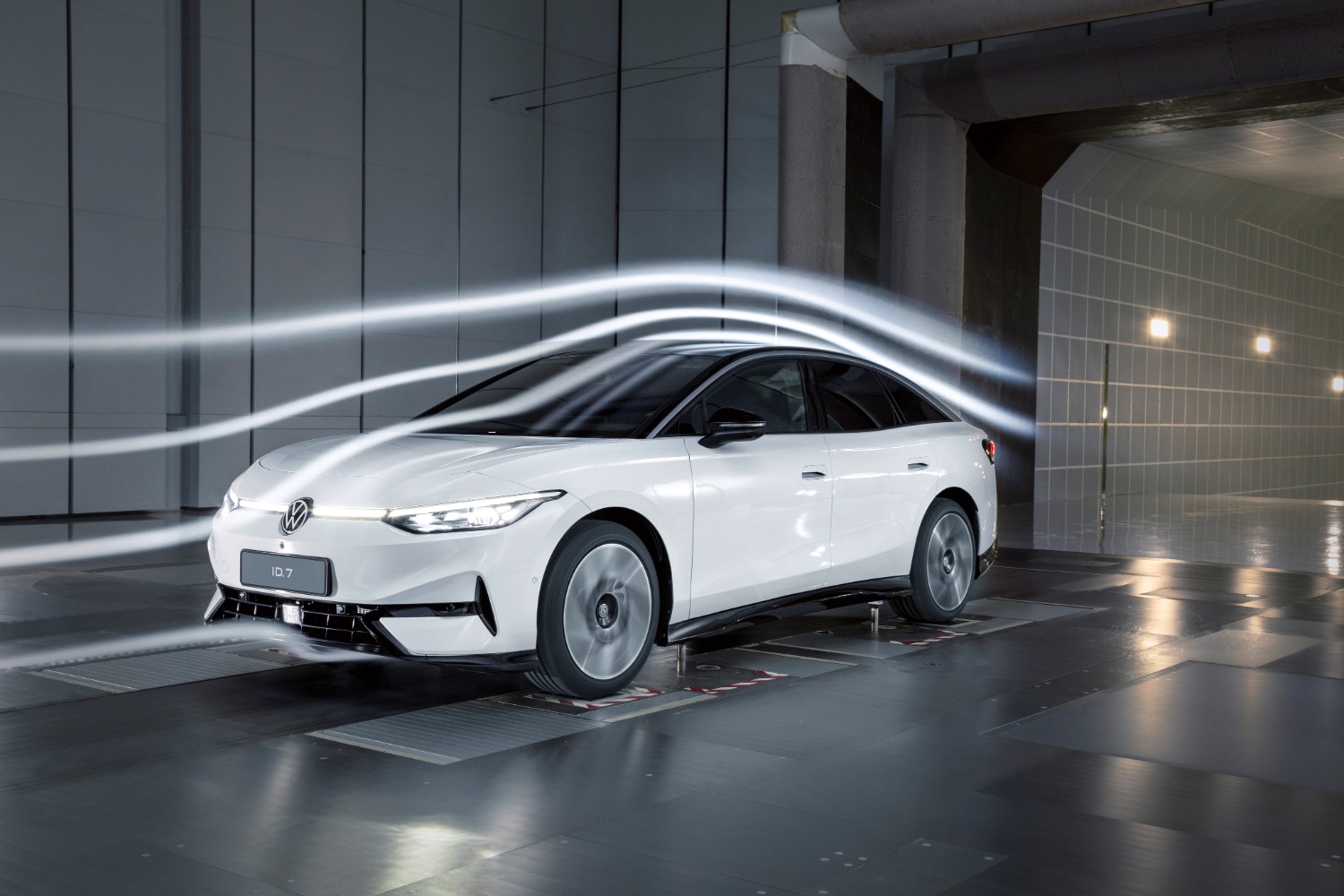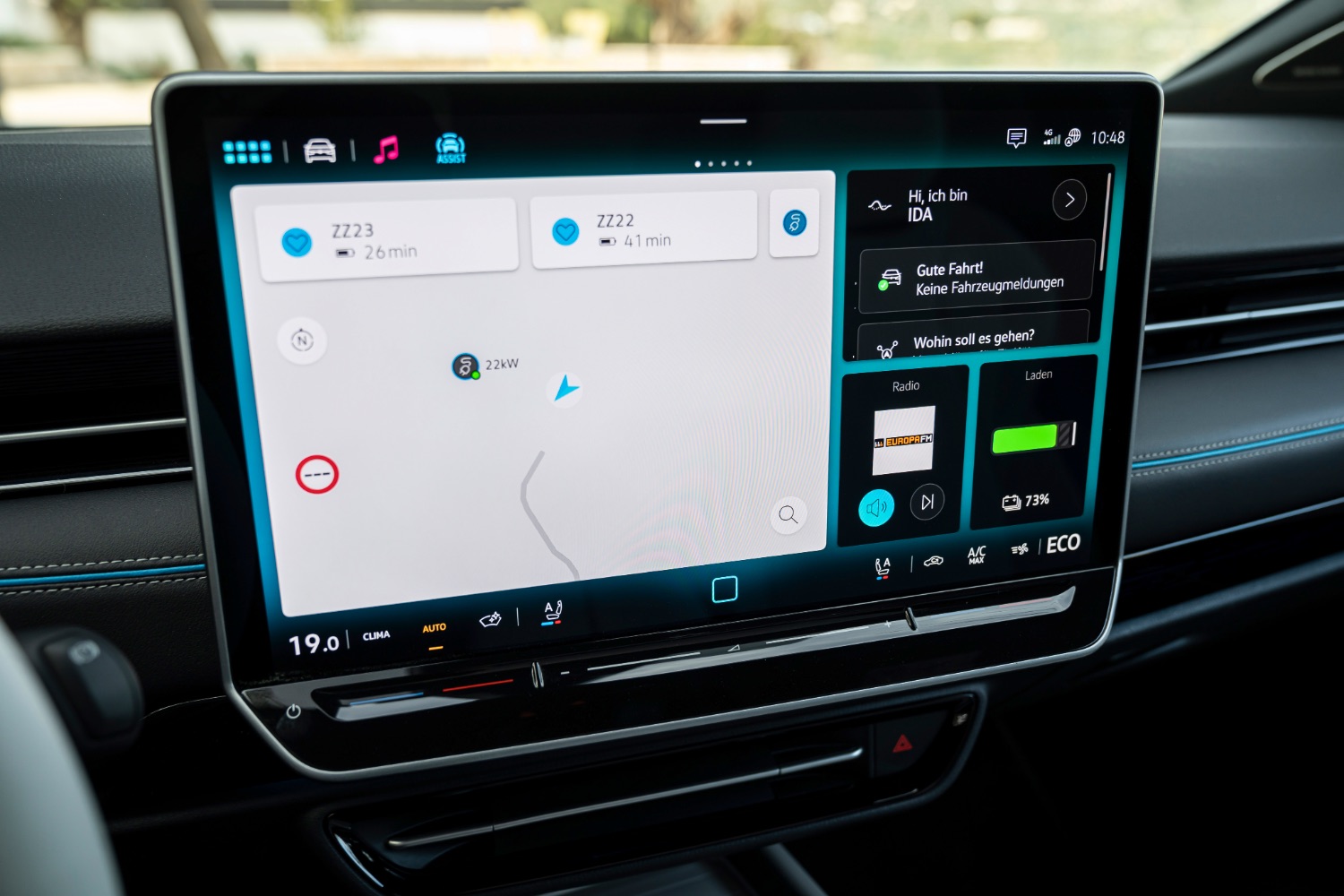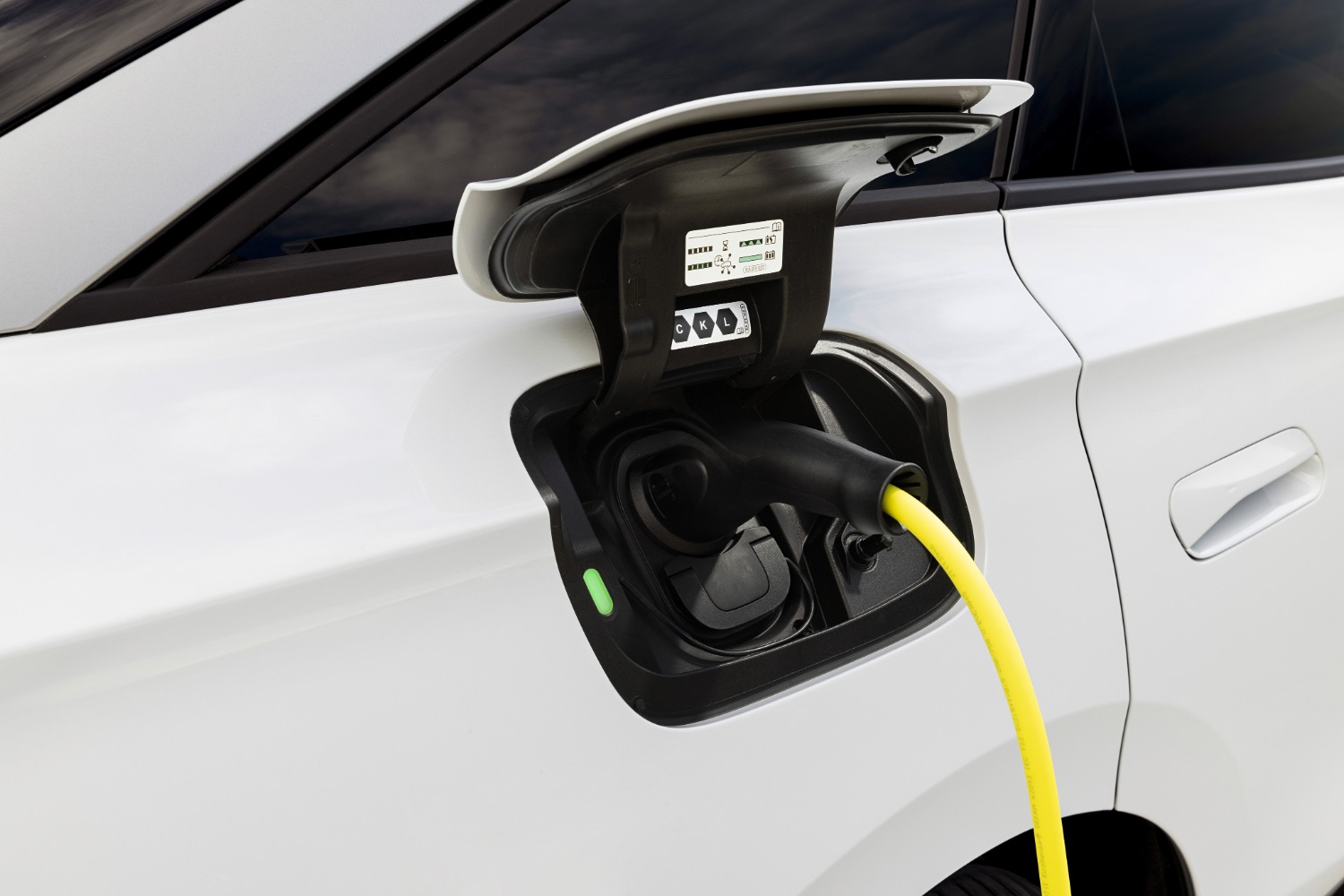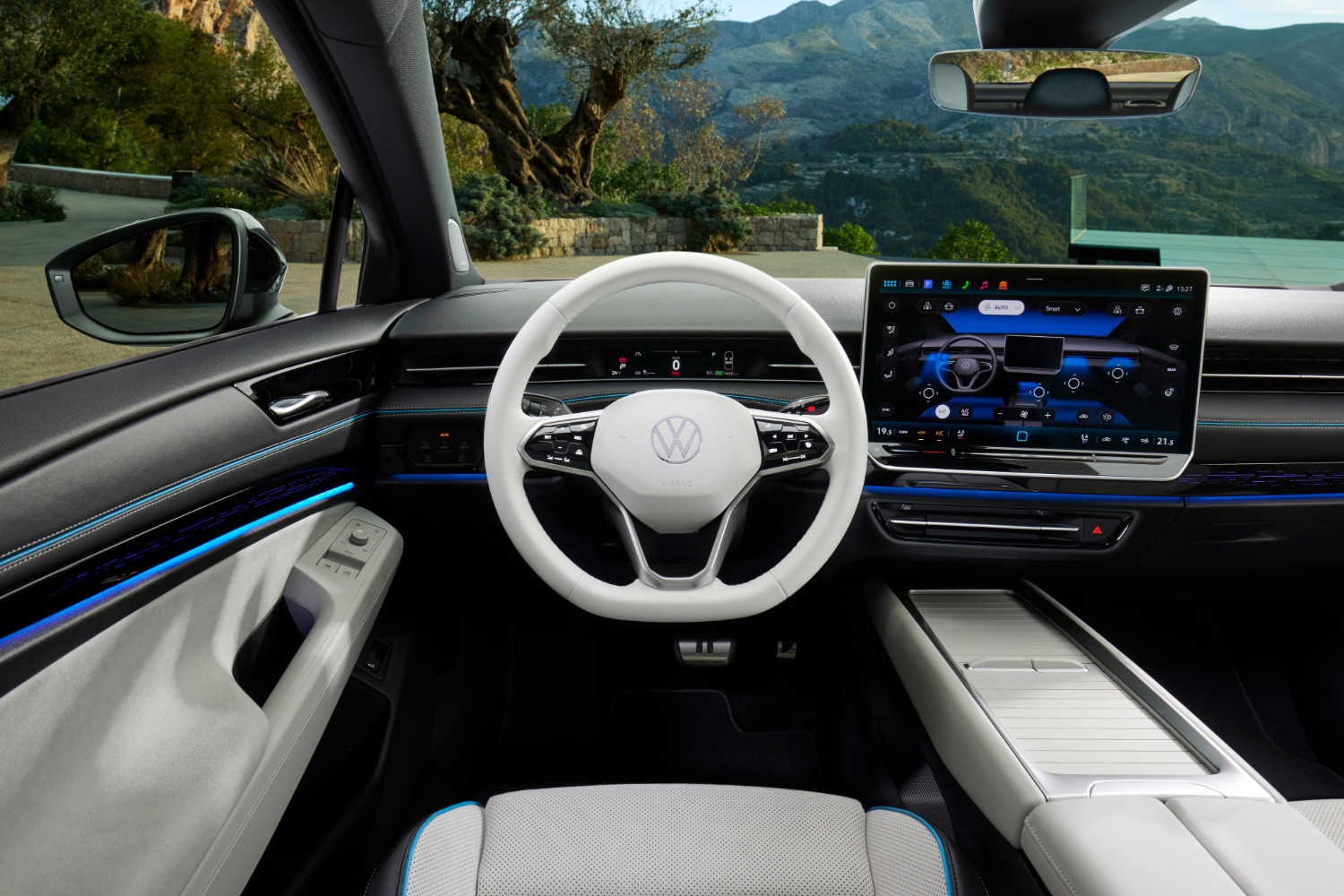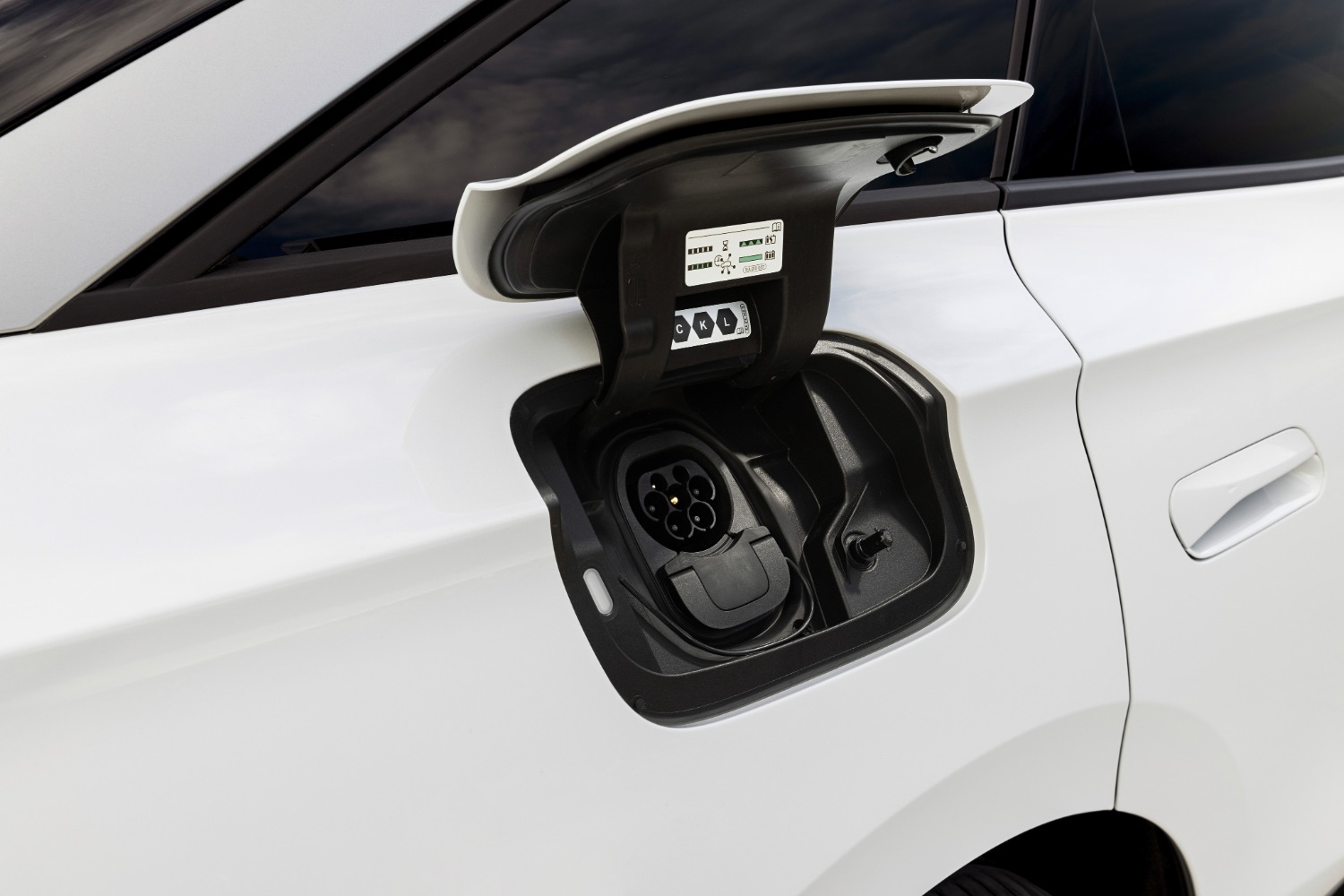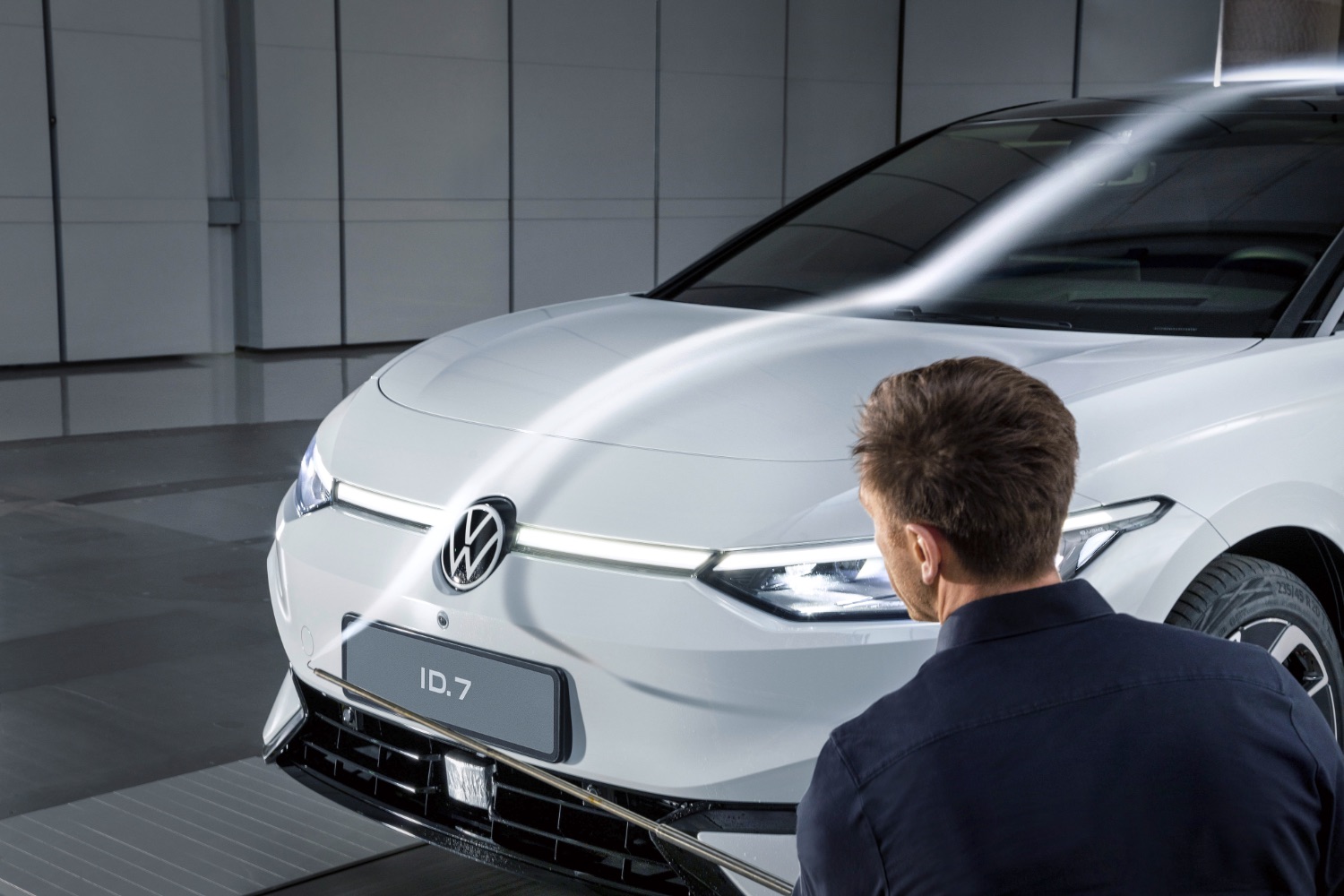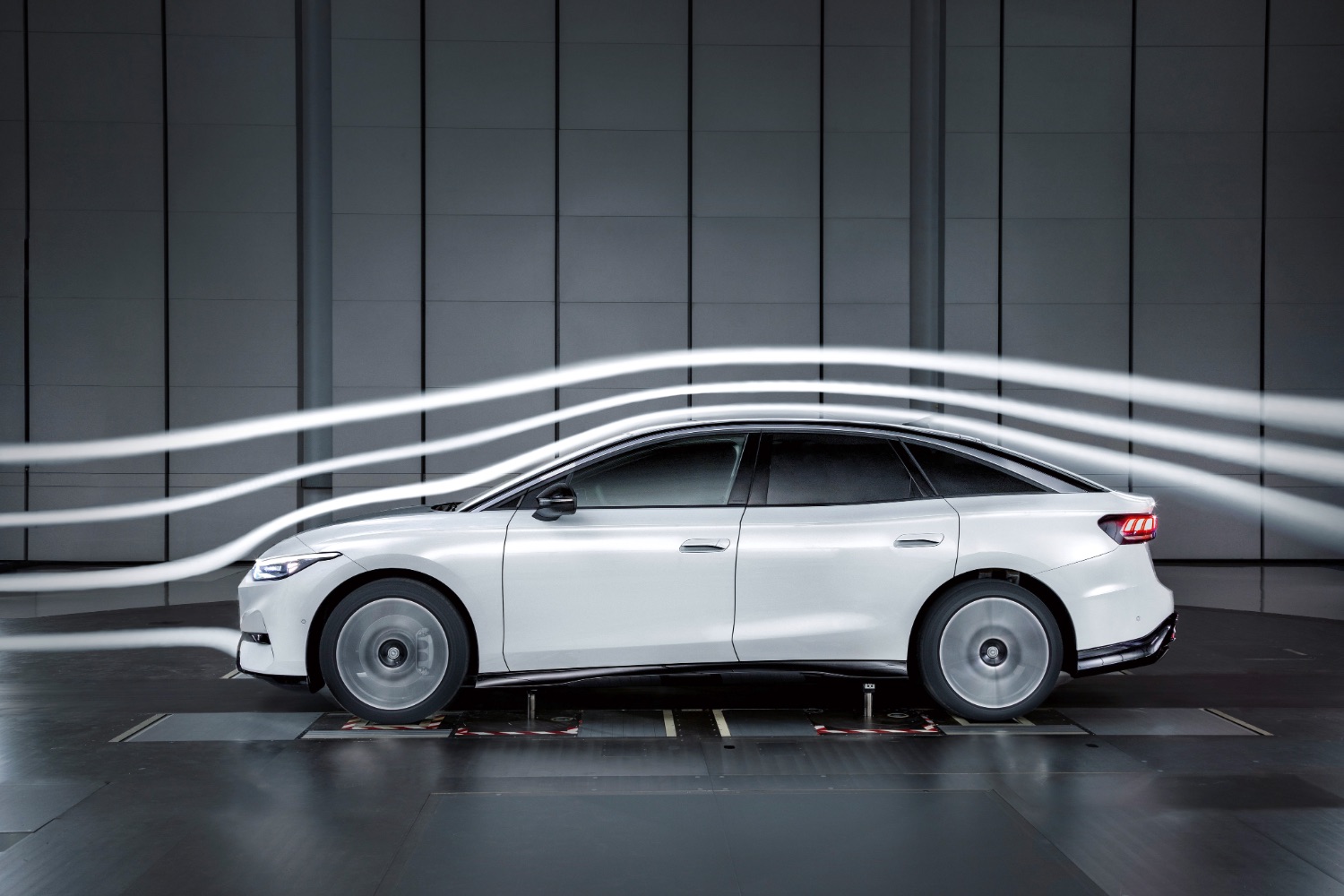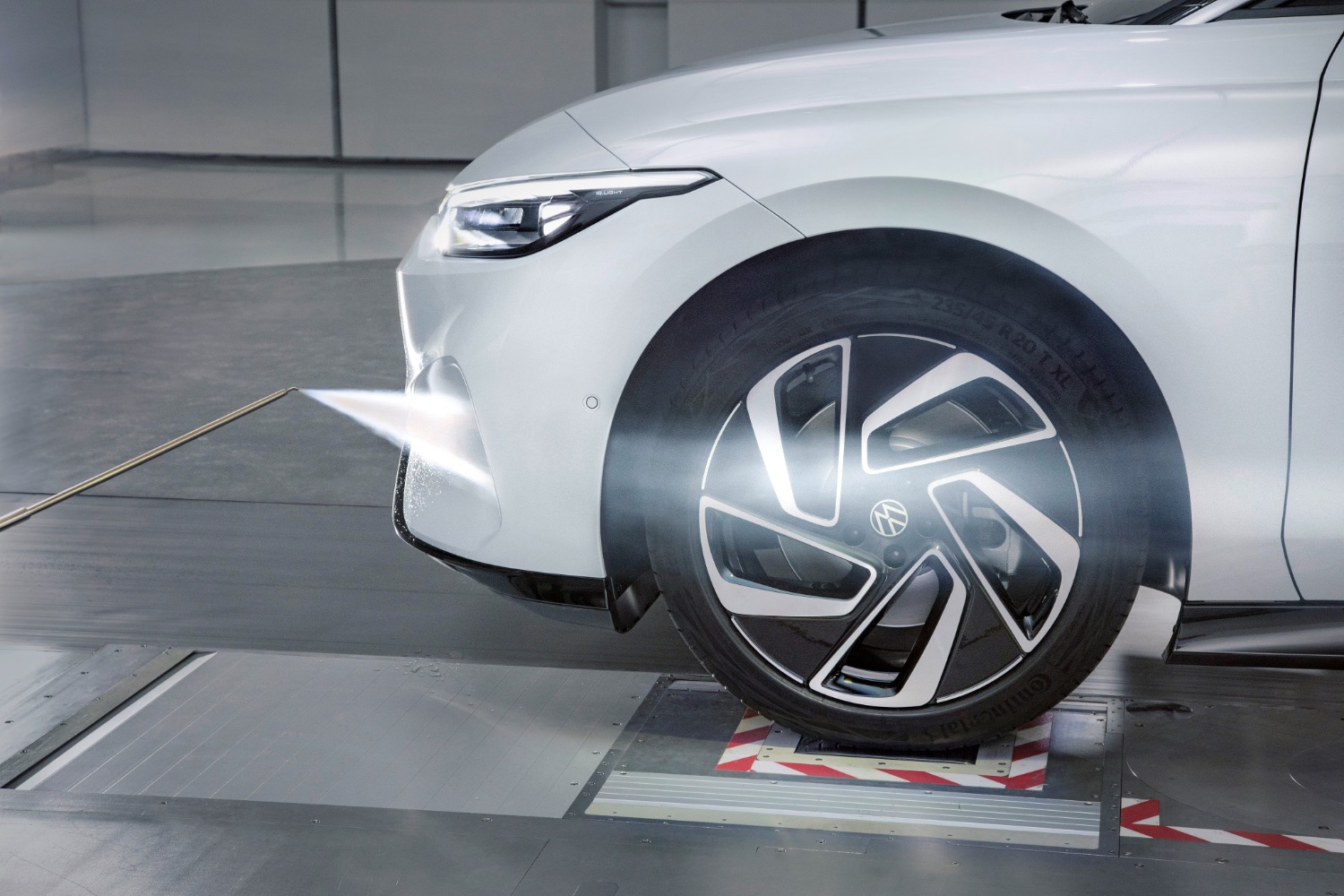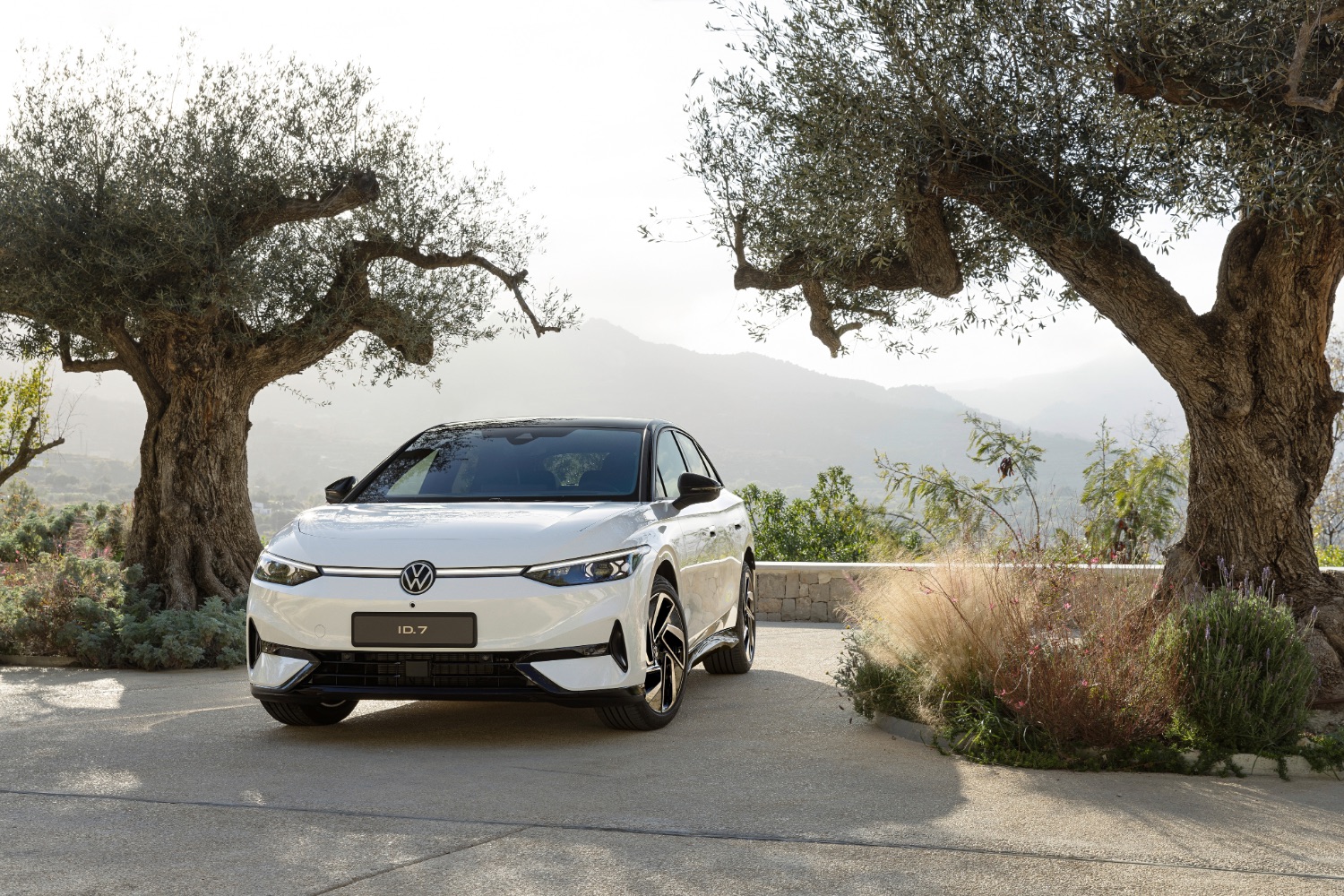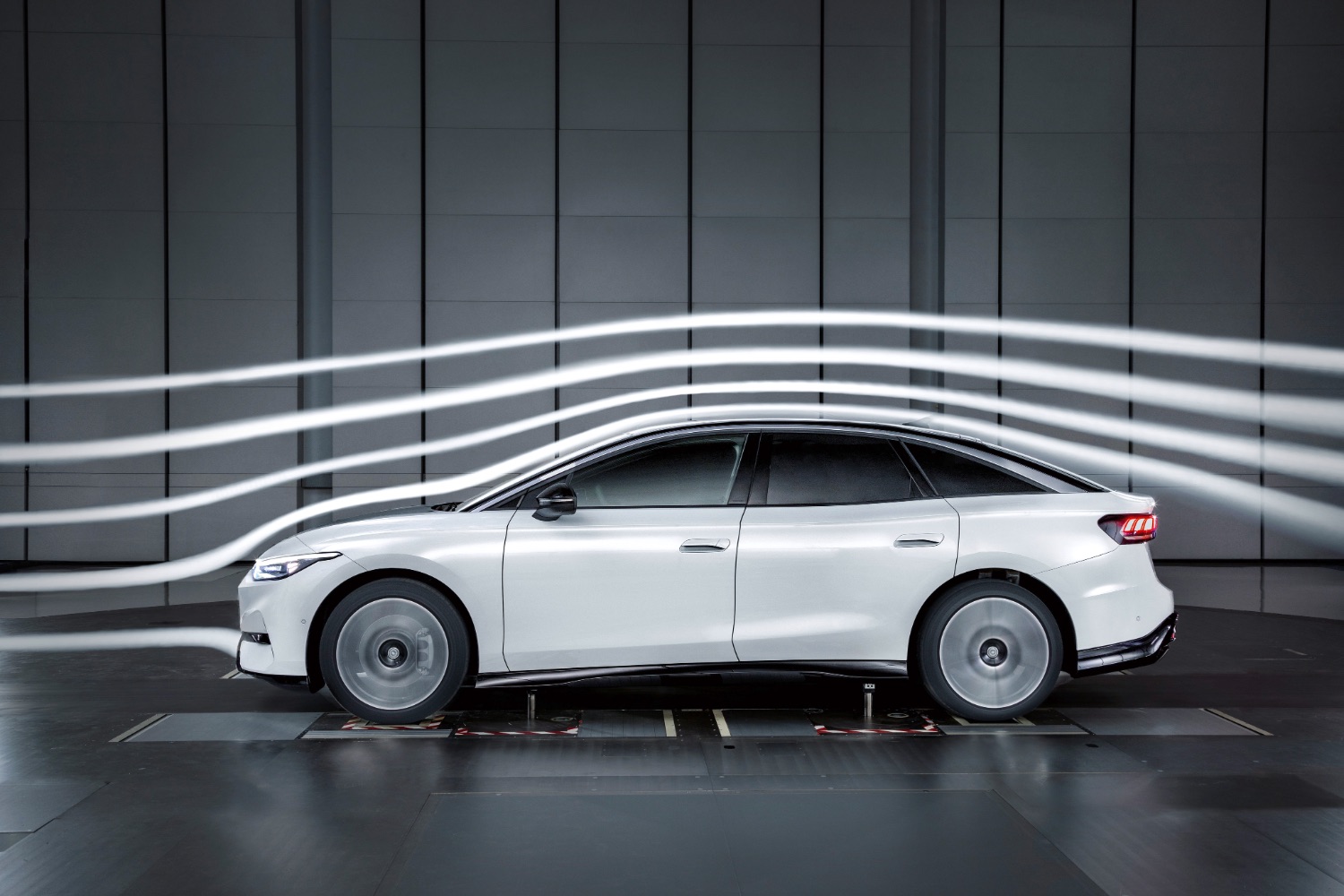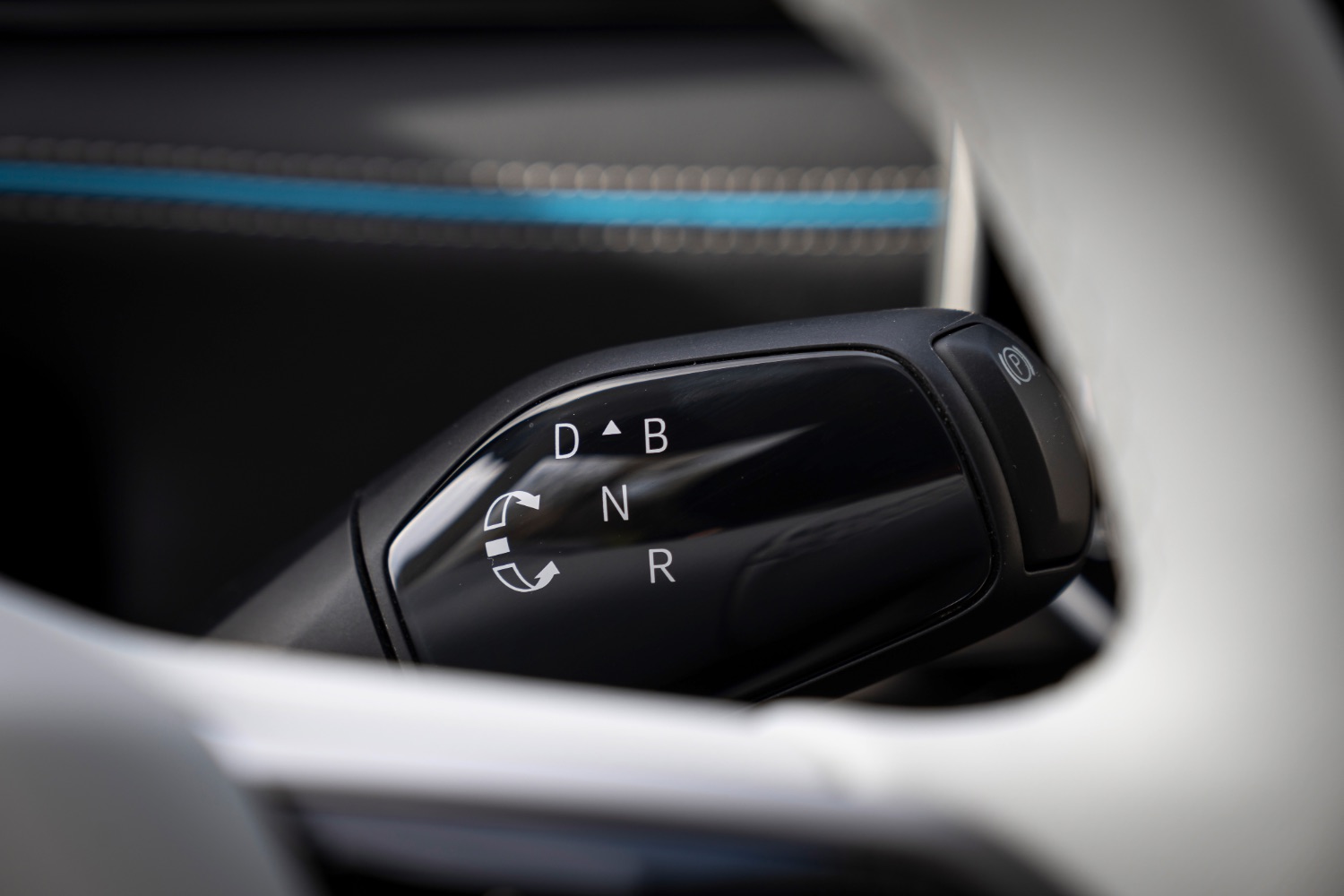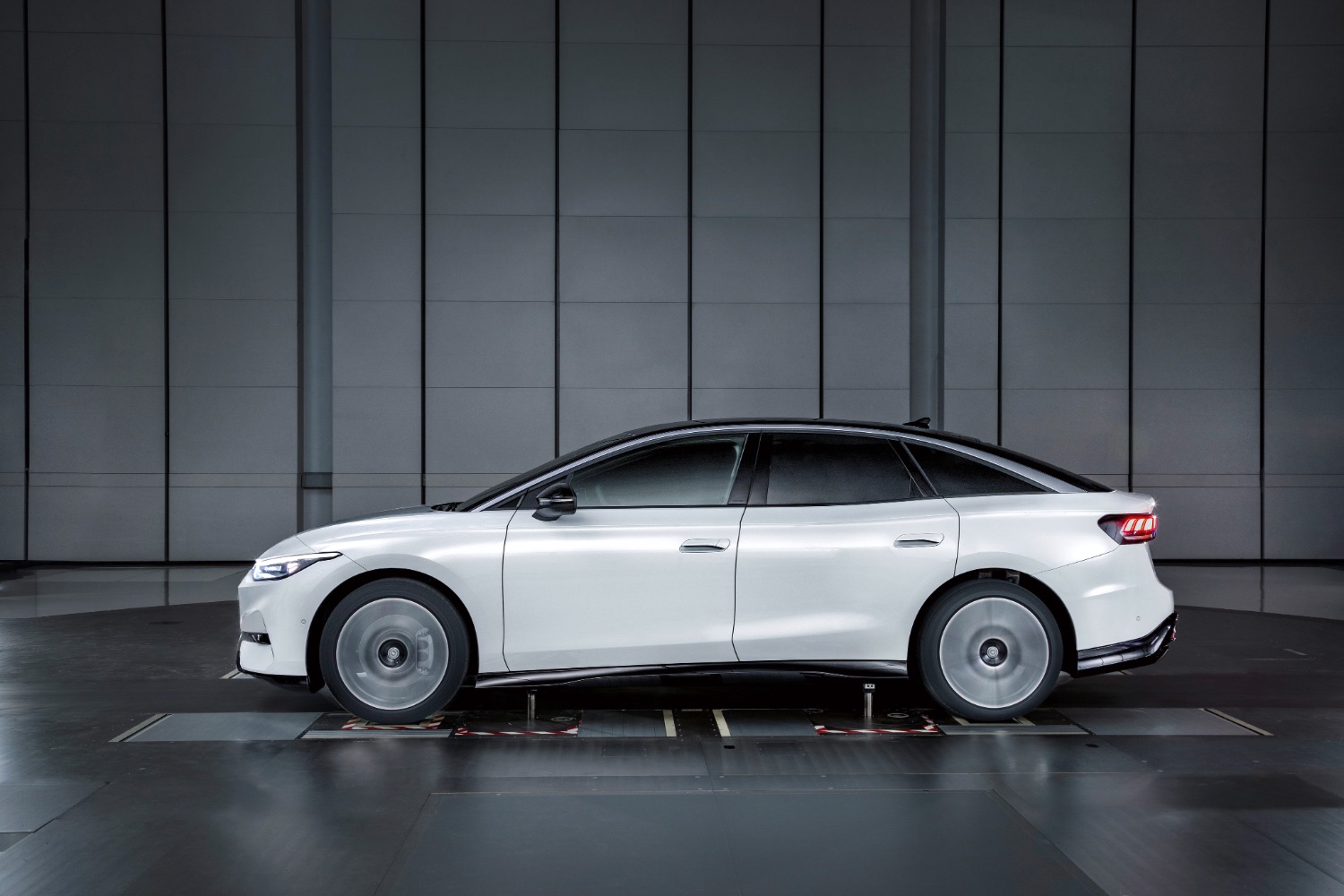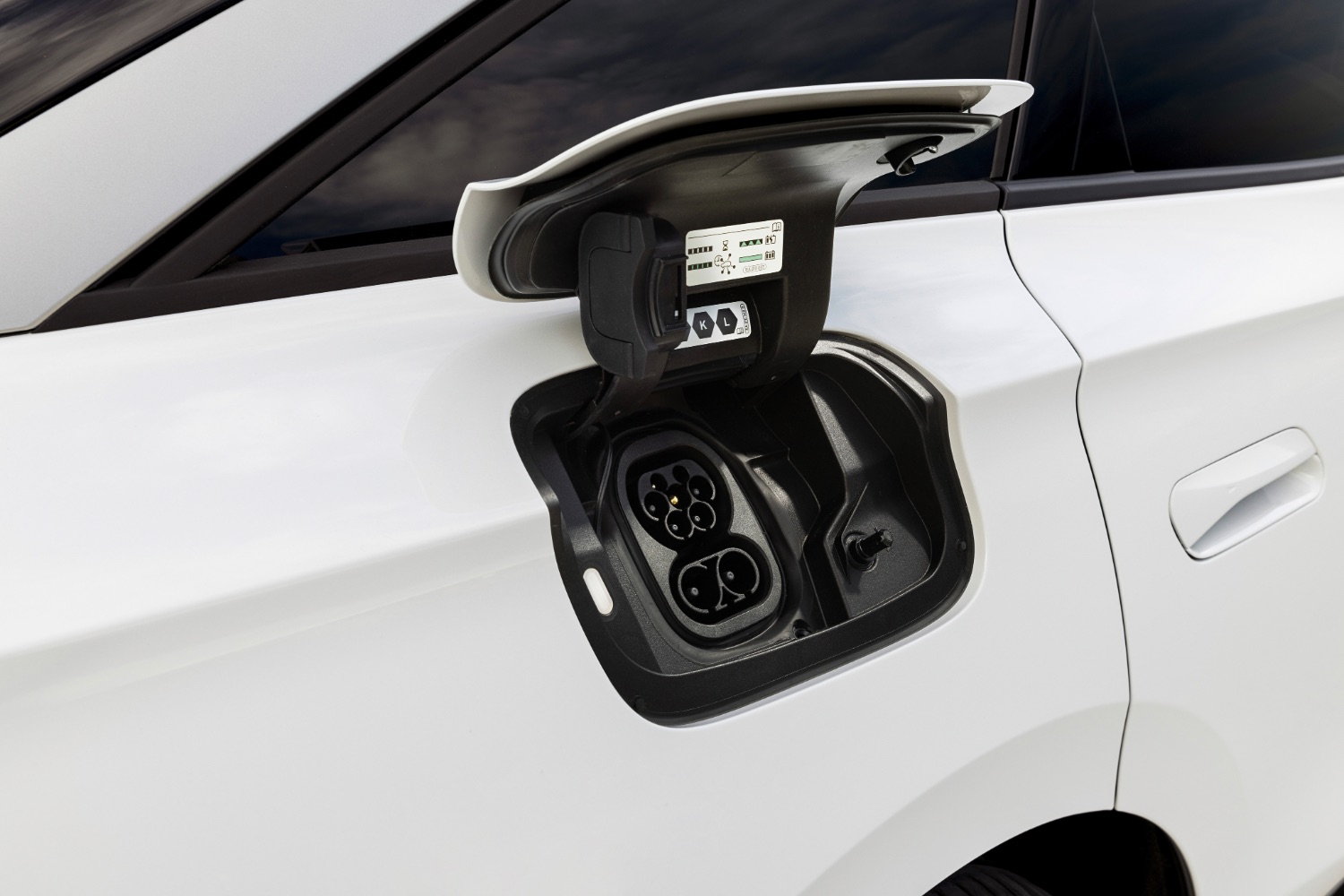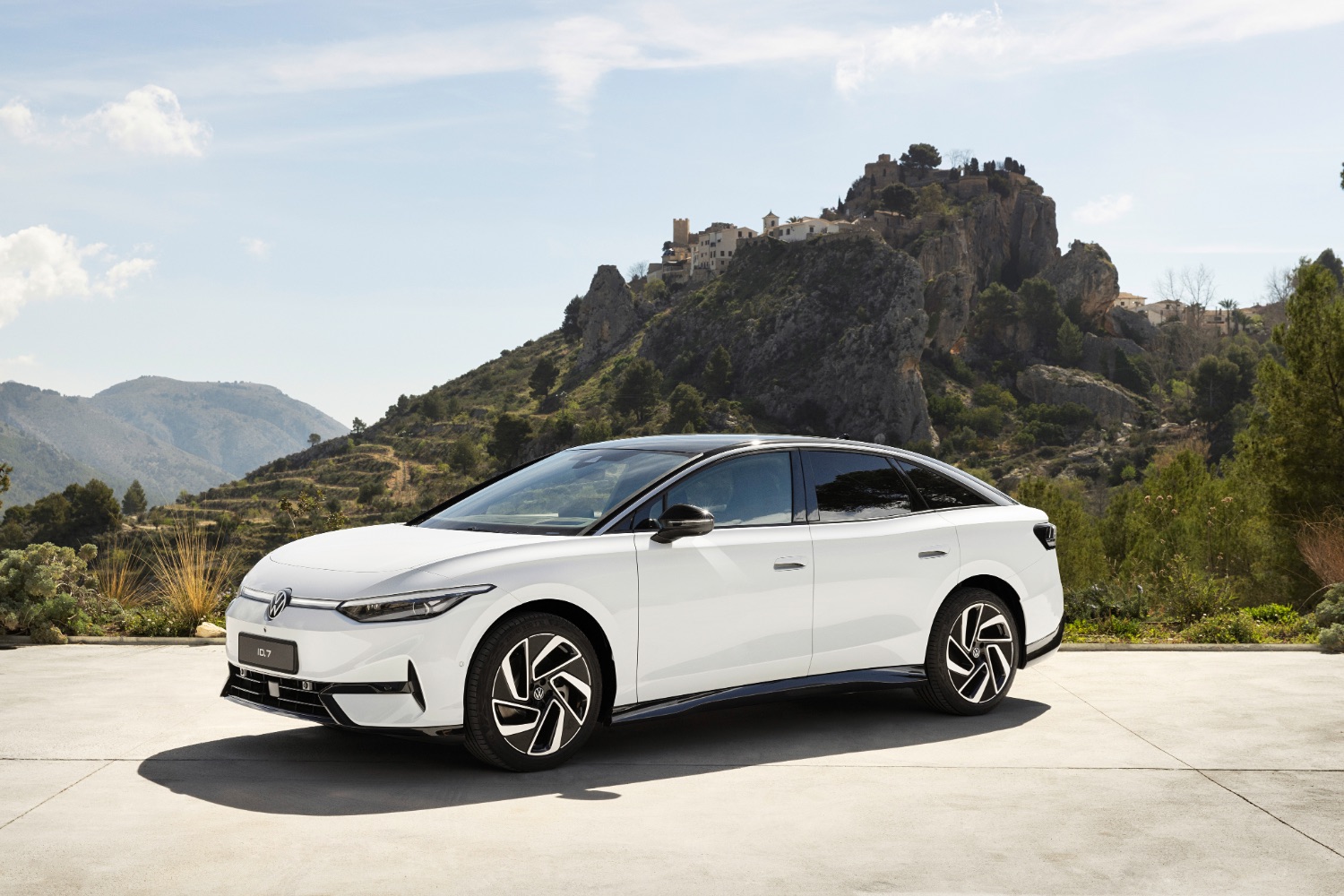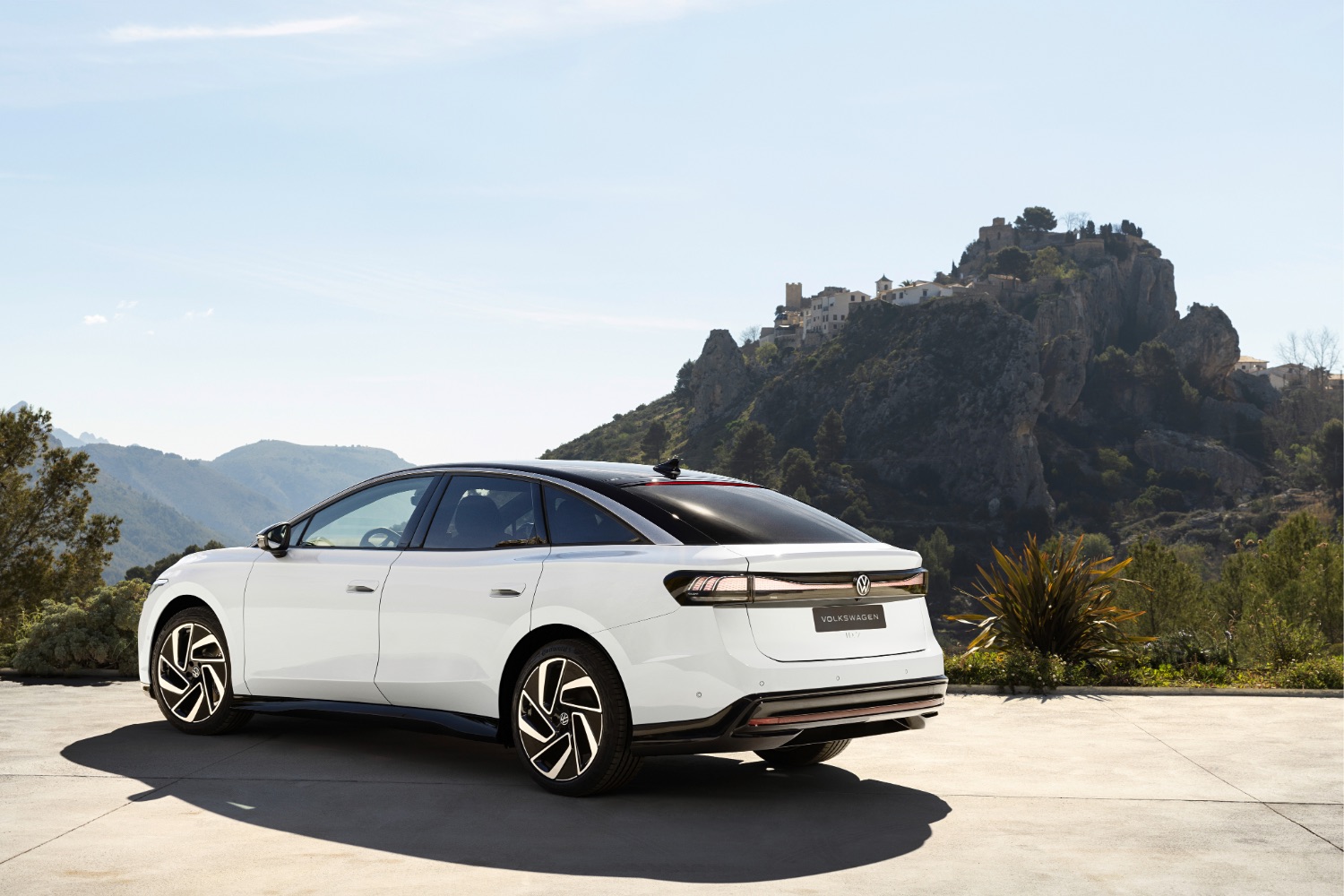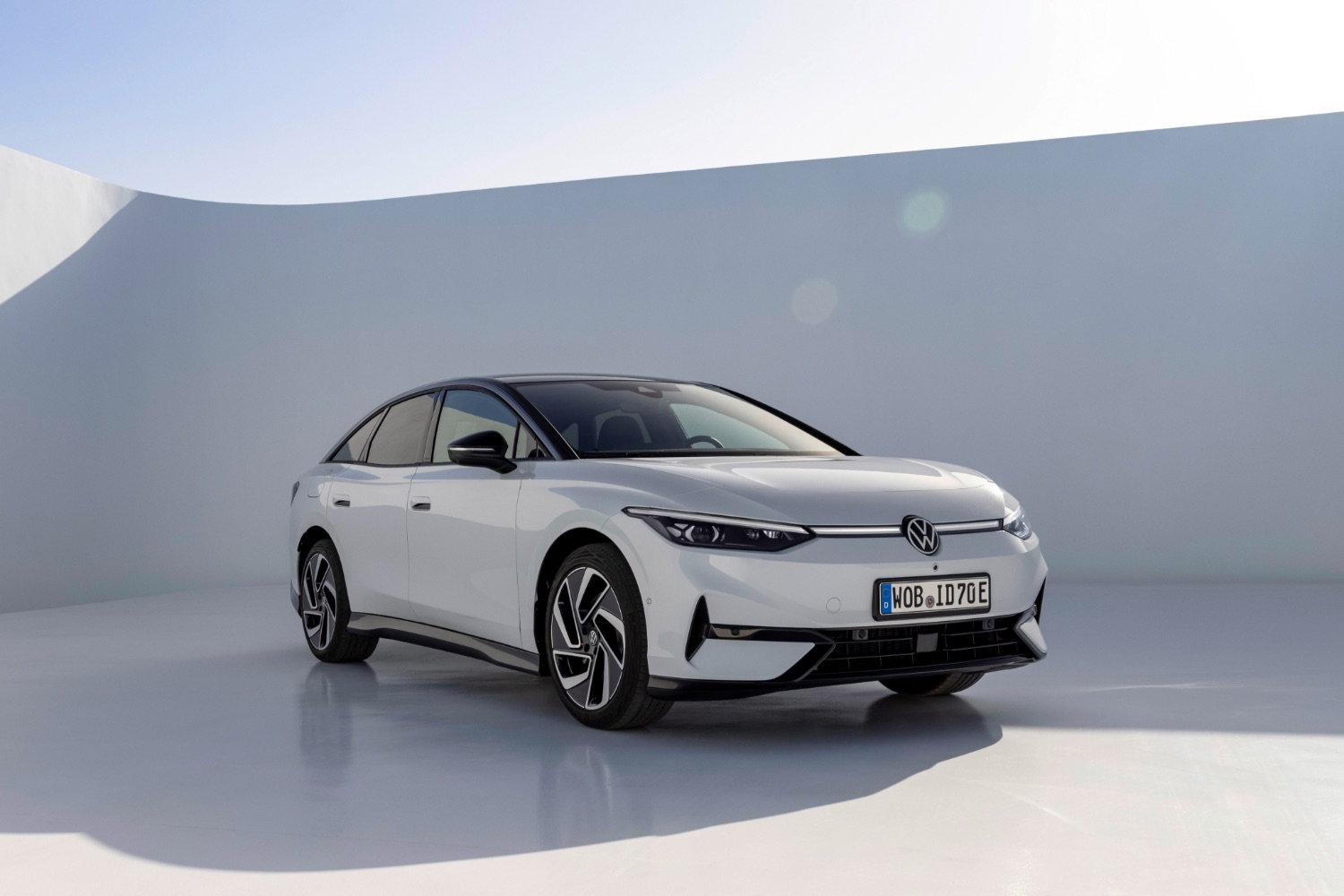Improved aerodynamics is one of the key attributes of Volkswagen's new ID.7, with the carmaker describing its latest saloon as an "efficiency champion."
The new model shed its camouflage in April with a design similar to VW's ID. Vizzion concept, which debuted back in 2019.
A streamlined design mated to a powerful, top-spec battery promises a range of up to 700km, with a drag coefficient of just 0.23.
"When designing the ID.7, there was a greater focus on aerodynamics than for practically any other model," said Volkswagen designer Daniel Scharfschwerdt. "This can be seen in the low front end, the flowing transition into the bonnet and the fast windscreen."
"The coupé-like roof form and the tapering rear end are also designed for ideal aerodynamic performance."
Underbody features
Ensuring a quality aero package was high among Volkswagen's concerns, even at a relatively early stage in the car's development. The developers and designers worked alongside each other to ensure good results when the car was tested in the wind tunnel.
"We strive for ideal solutions in an iterative process, which includes regular consultation between the development and design departments," stated ID.7 project engineer Stephan Lansmann, describing the car's early development.
"There are many small steps here that pay off in the end. Numerous computer simulations for flow calculation are complemented by tests in a wind tunnel as part of this process."
Chief among the ID.7's aerodynamic features is its underbody, which is almost completely closed. Aided by new 'spoilers' on the front wheels, air is guided along the wheels and under the car with minimum turbulence.
A set of air curtains, positioned at the sides of the car's front bumper, help to move the air around the car's nose. Flared sills also act as shields, stopping any errant air from flowing into the car's underbody or onto the rear wheels.
Small spoilers and strategically positioned panels also help to guide the air along the car's underbody as quickly as possible.
Aero-friendly wheels
The ID.7's wheels were carefully designed - as according to Lansmann, an electric car's wheels "make a greater contribution to good aerodynamics and we therefore focussed on them in particular.
"When designing the wheel rims, the primary focus was on the aerodynamics, which we also had to match to the cooling requirements of the brakes," Lansmann said.
"The resultant wheel rims are now more closed and therefore have especially good aerodynamic properties."
Added cooling in the front
The car is fitted with several functional openings in the front, which allow air to flow freely to the radiators located near the car's nose. The ID.7 has an electrically-operated radiator roller blind to control the airflow, reducing drag.
Excess drag is also reduced at the rear of the car thanks to a carefully shaped tailgate, a specially adapted diffuser and the design of the side separation edges.
Computer to wind tunnel - making the jump
The ID.7's design was worked on extensively with the help of CAD (computer-aided design). The initial design was completed exclusively on computer. "Work only takes place virtually in the first year of development, with updates about every two weeks," said Lansmann.
"We go into the wind tunnel only when the design is stable. That can take a good one and a half years from the start of development."
The design and development team then made several clay models, scaled to match the ID.7's size. Any drag reductions found were implemented, with a milling cutter used to make changes with millimetric precision.
A 3D printer was used to make differing types of one part quickly, to test its aero capabilities. A number of different wing mirror designs and housings were produced, for example, the final design managing to combine both good aerodynamic properties and drag reduction.
The Volkswagen ID.7 - coming soon
The ID.7 is expected to reach Irish shores before the end of the year - with pricing yet to be announced.
Its impressive powertrain figures are certain to sway those in the market for a large EV, with its 'Pro S' trim level featuring a chunky 86kWh battery - the largest battery ever fitted to a Volkswagen ID. model - which promises up to 700km of range on a single charge.
Those opting for a lower trim level will still have 615km at their disposal, derived from the same 77kWh battery found in the ID.4, ID.5 and ID. Buzz. When connected to a suitable DC charging source, the battery can recharge at speeds of up to 200kW.
Coupled with the battery is a 286hp electric motor, which will also power the updated ID.3. Compared to the current Volkswagen electric motors, the ID.7's produces more power and more torque - 550Nm of it - while still managing to be more efficient.
Interior and tech
Inside, a revised and updated infotainment system can be accessed from the 15-inch screen, with a voice-activation system trained to respond to natural speech.
The ID.7 is equipped with a whole host of driver assistance systems, such as steering and lane guidance abilities, which kick in when the car is travelling above 90km/h. It can also change lanes automatically, under the watchful eyes of the driver.
The ID.7 can remember certain parking manoeuvres and can complete them once it reaches a geotagged location. The car can remember the last 50 metres of its most recent journey - meaning that the driver can save certain parking manoeuvres to the system.
The parking system is operational when the driver is outside of the car, too. It can be controlled from an app on the driver's phone, which can be helpful when easing into or out of tight city parking spaces.

